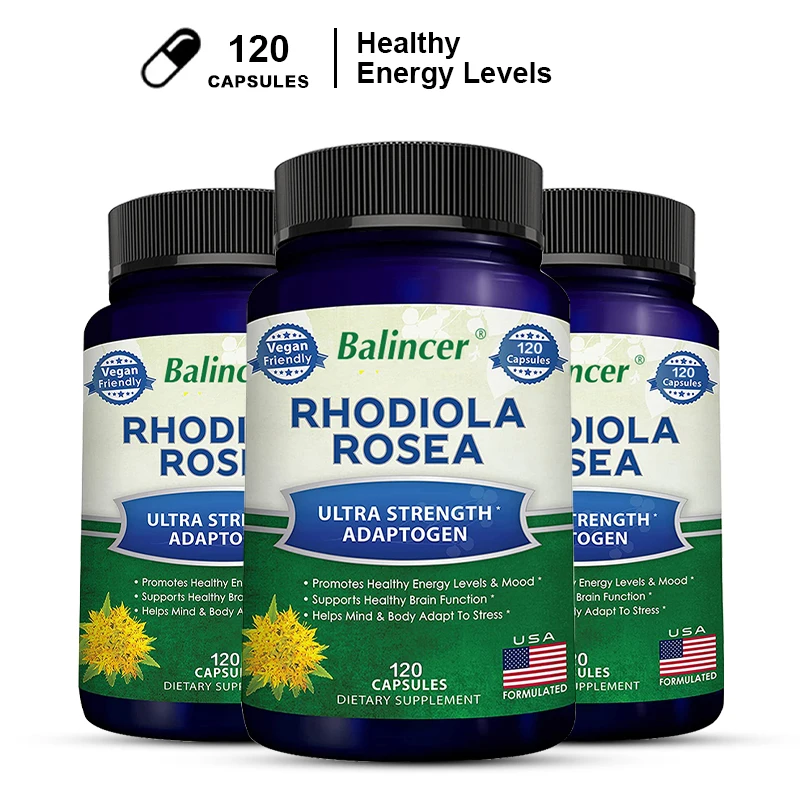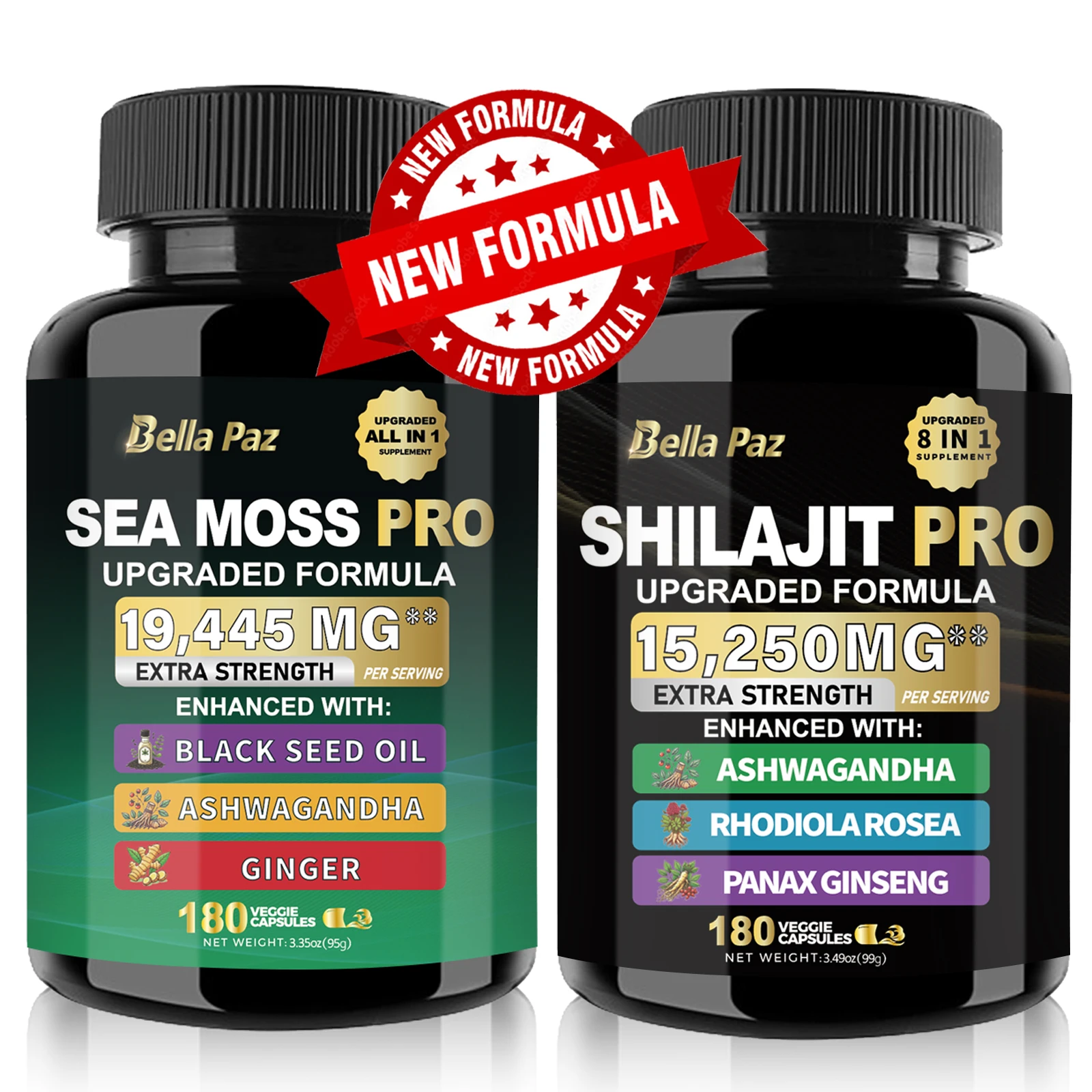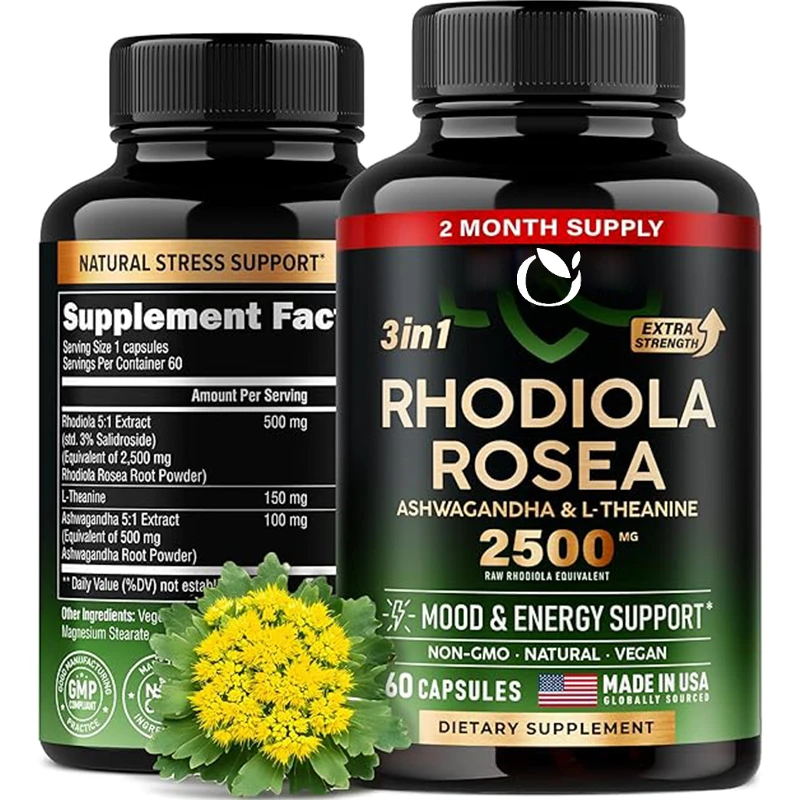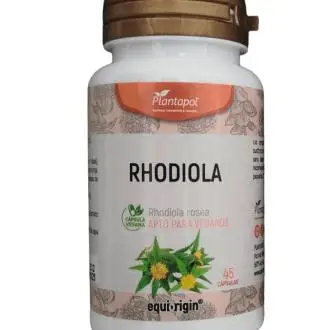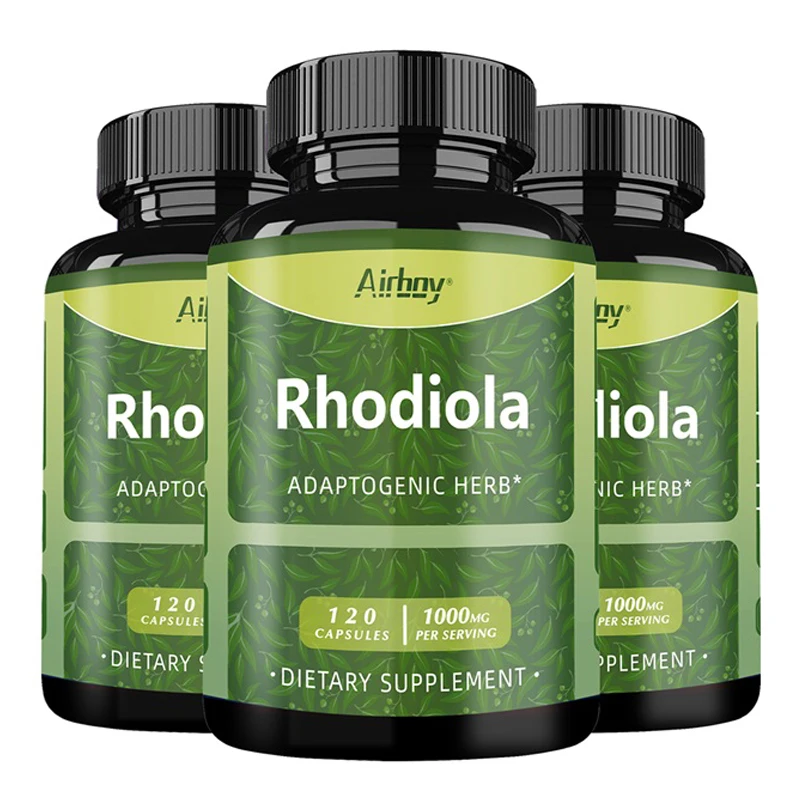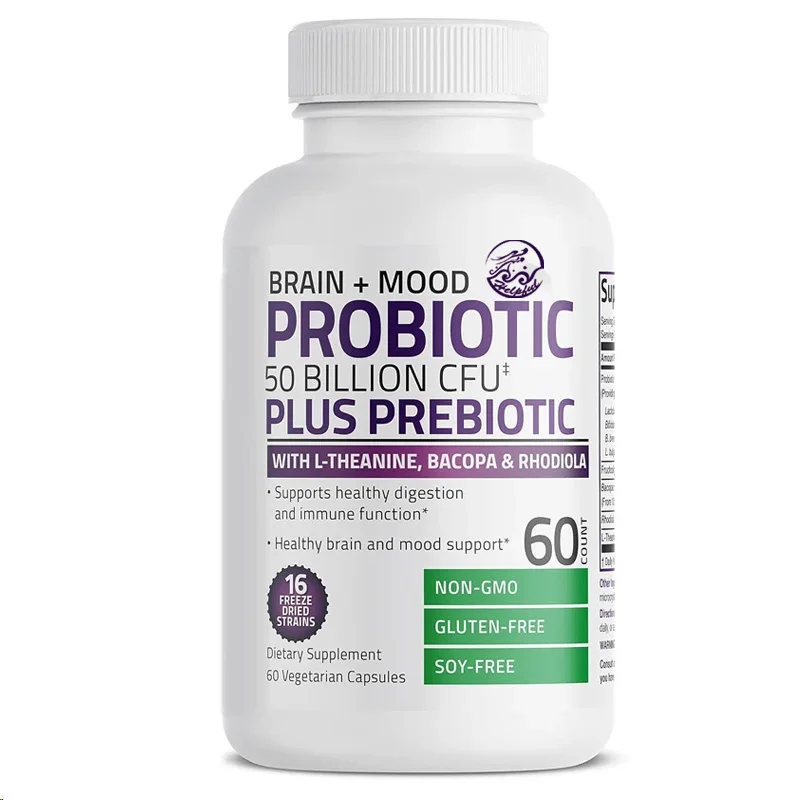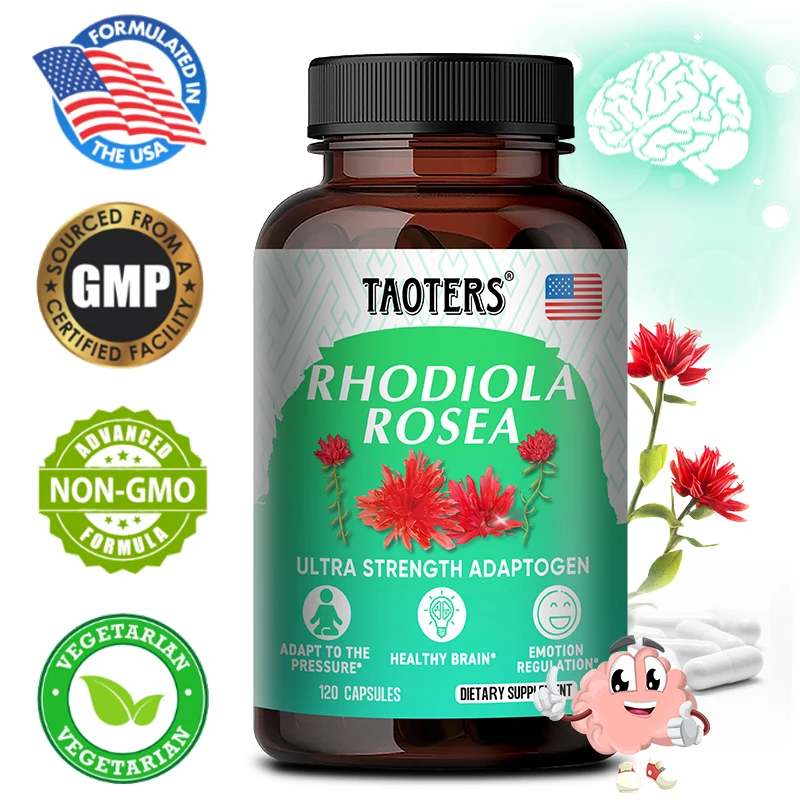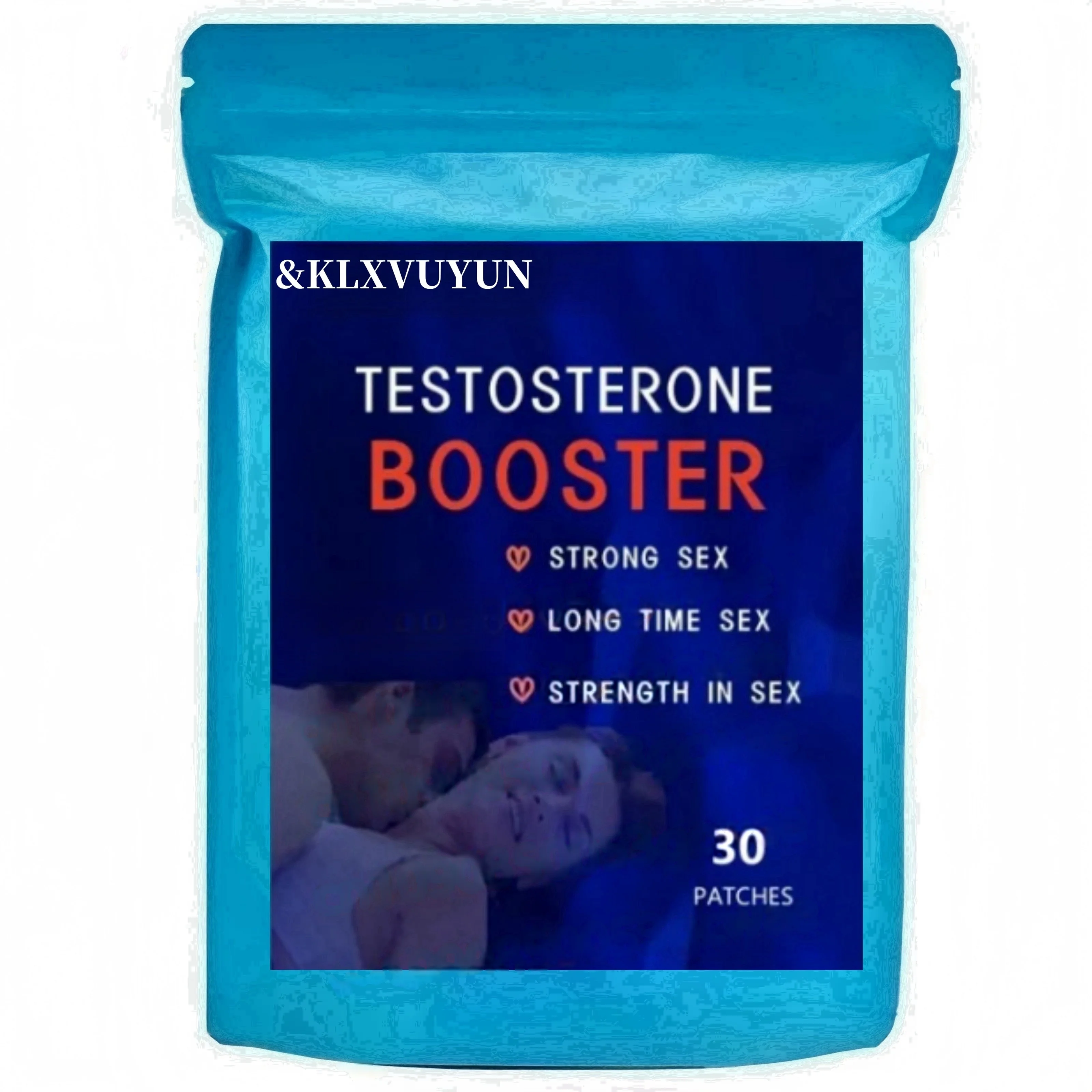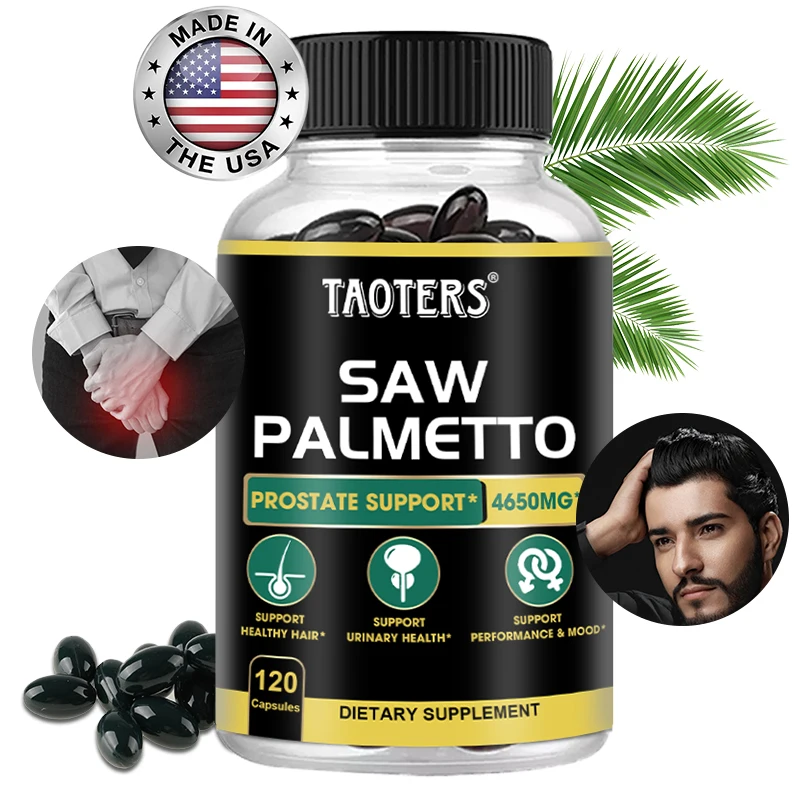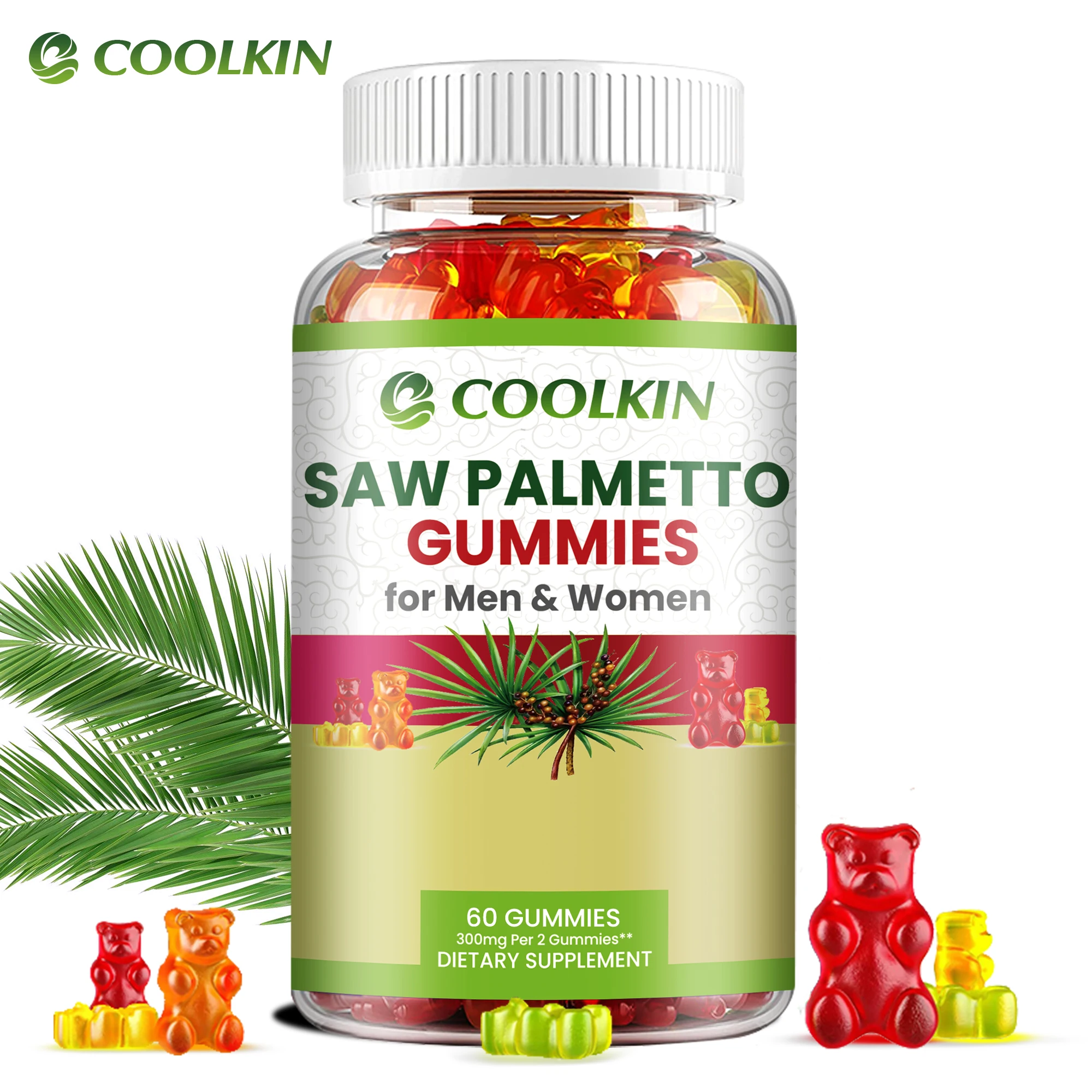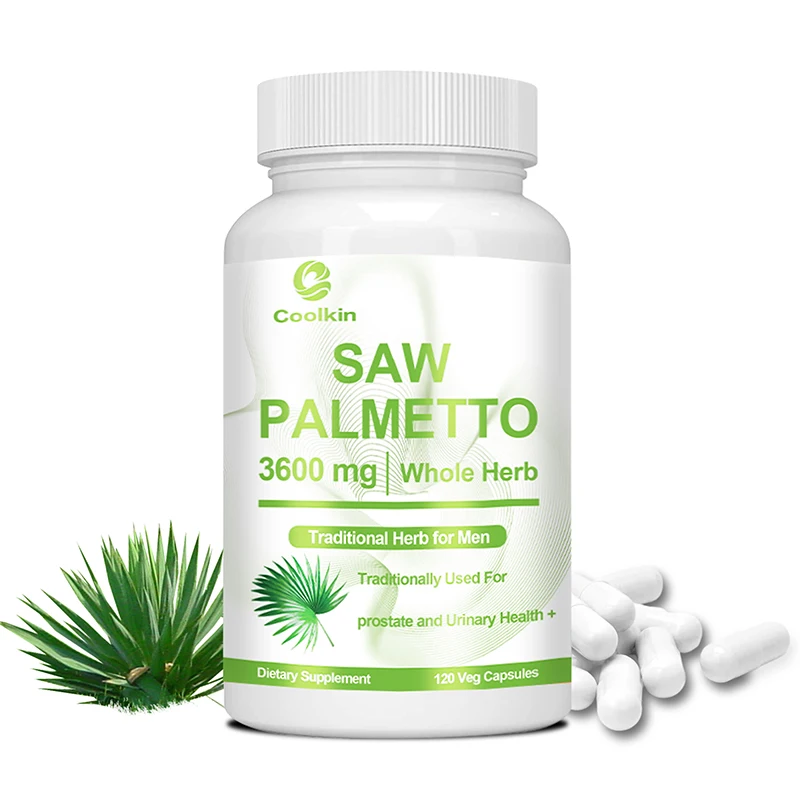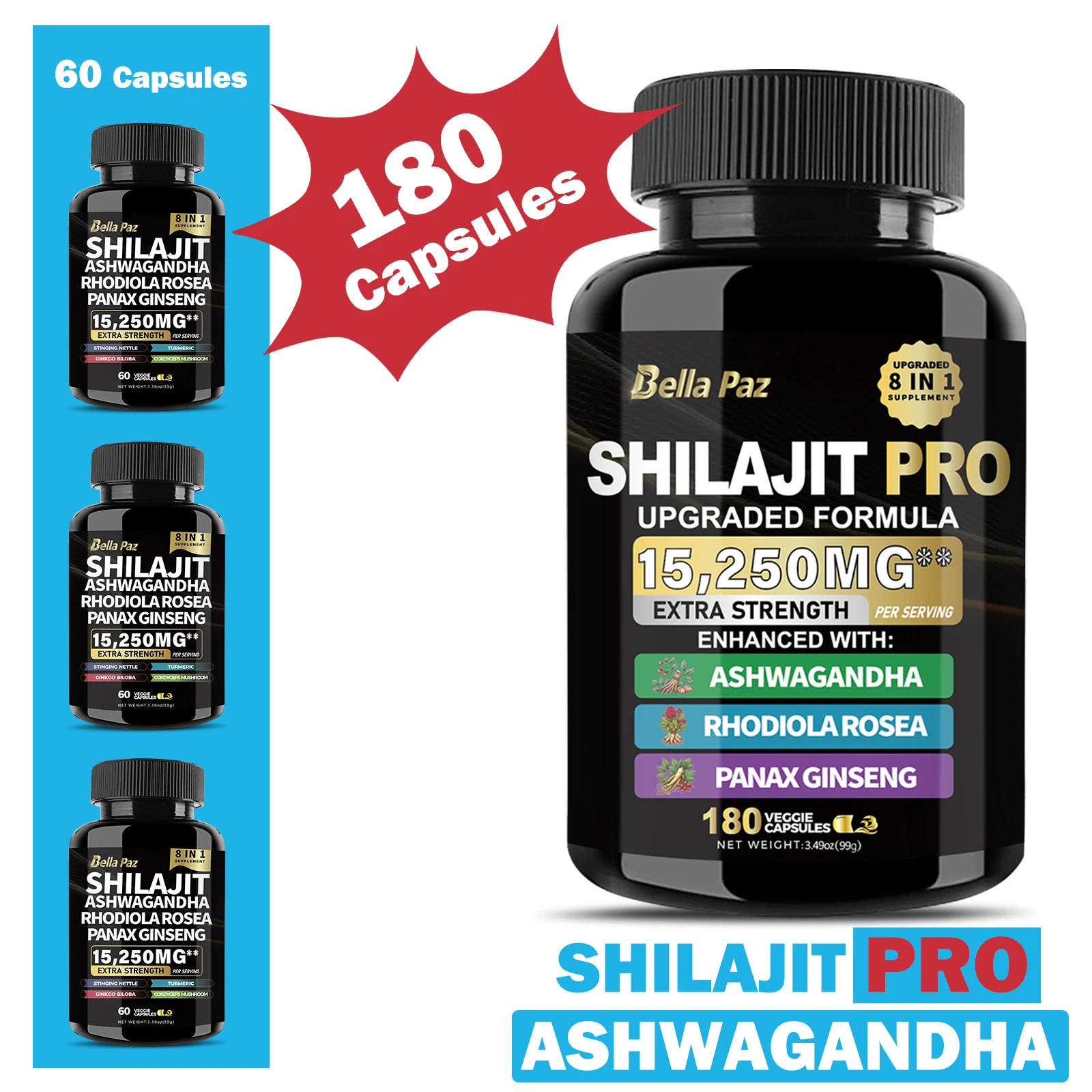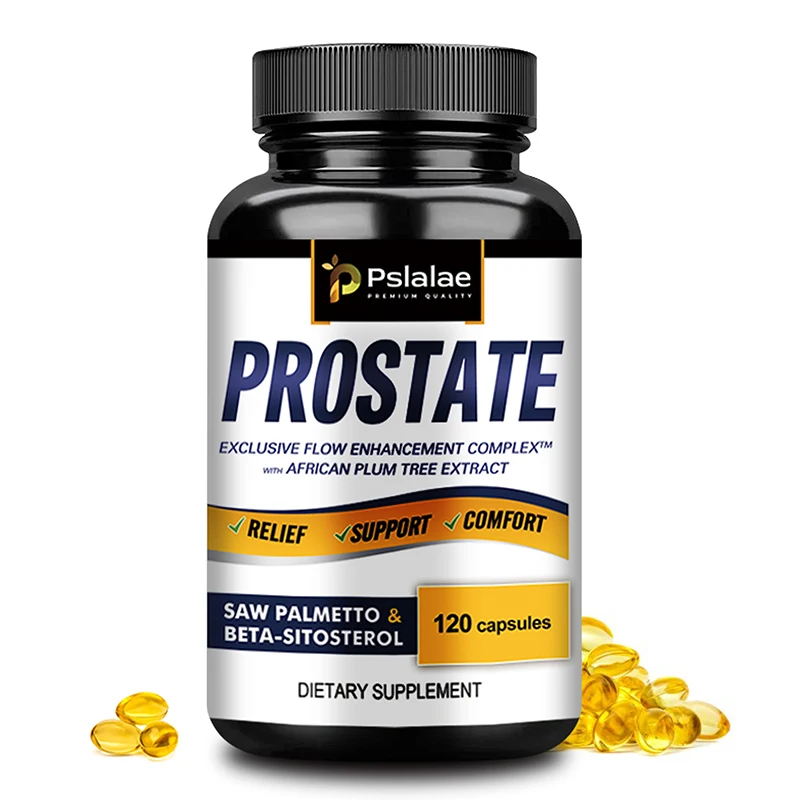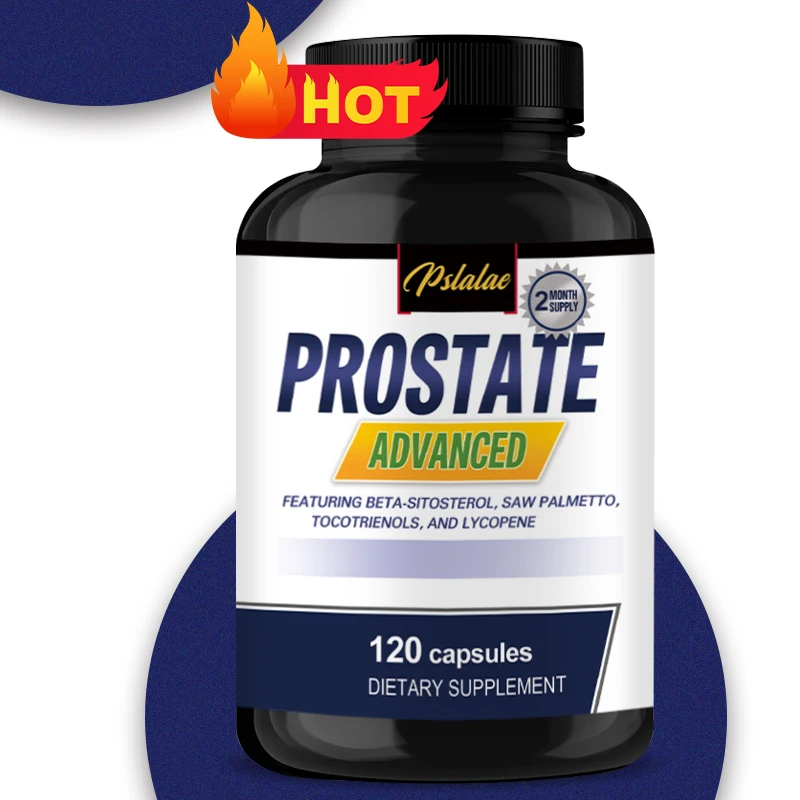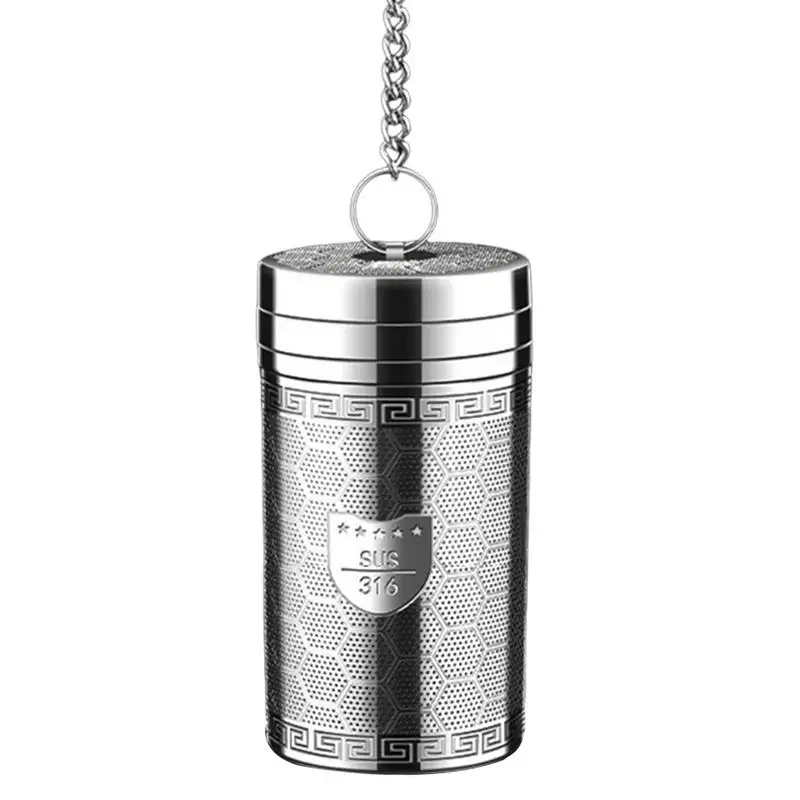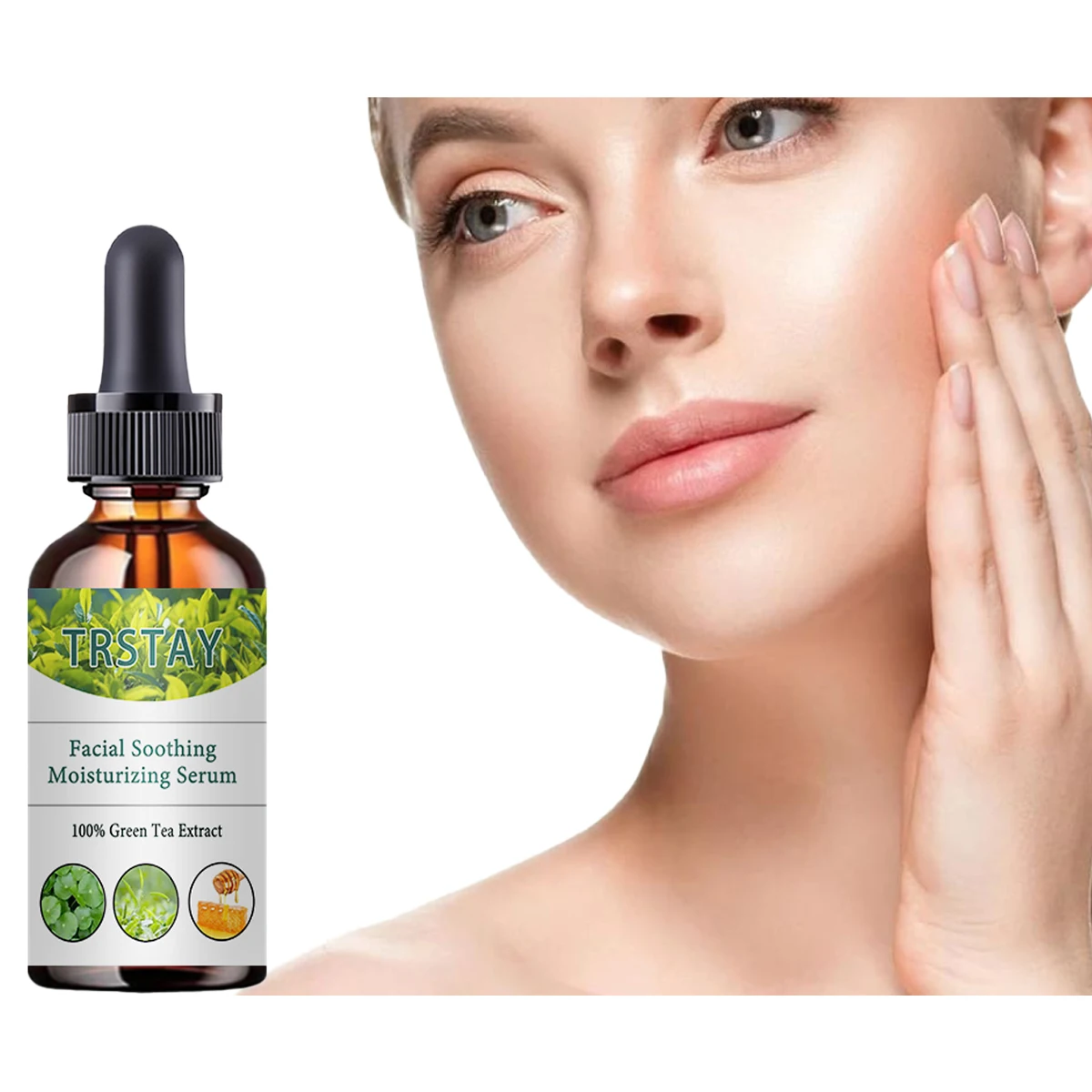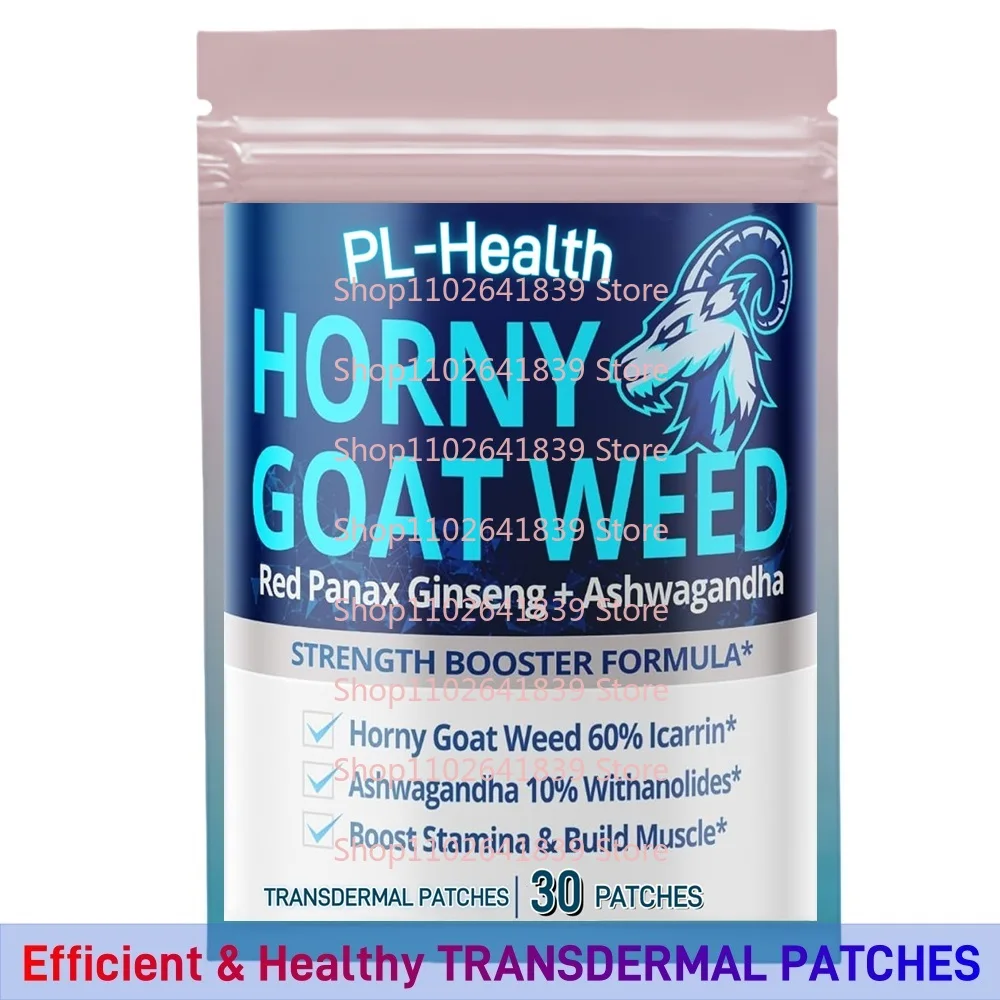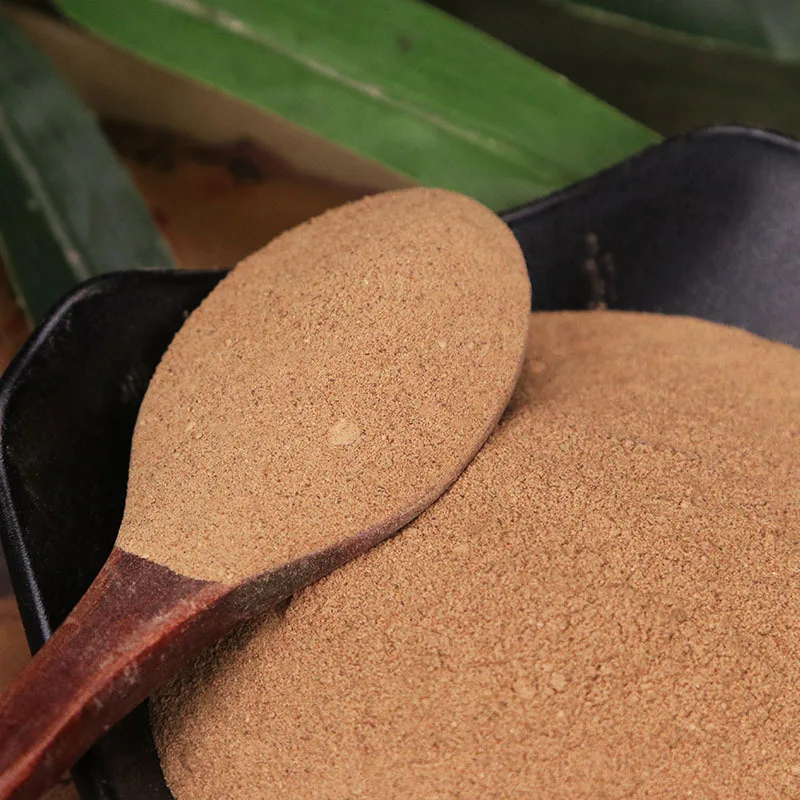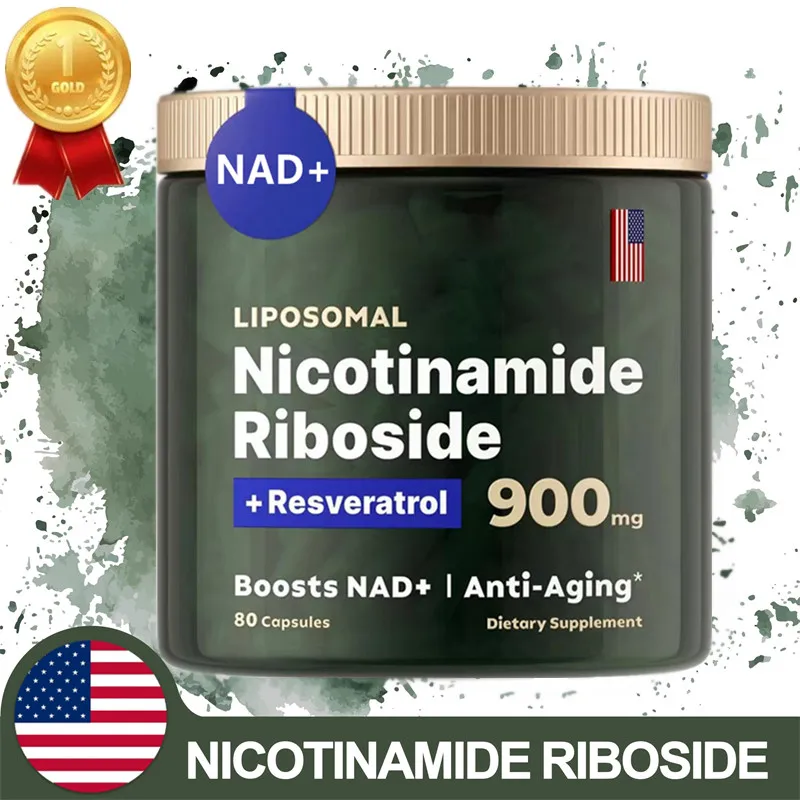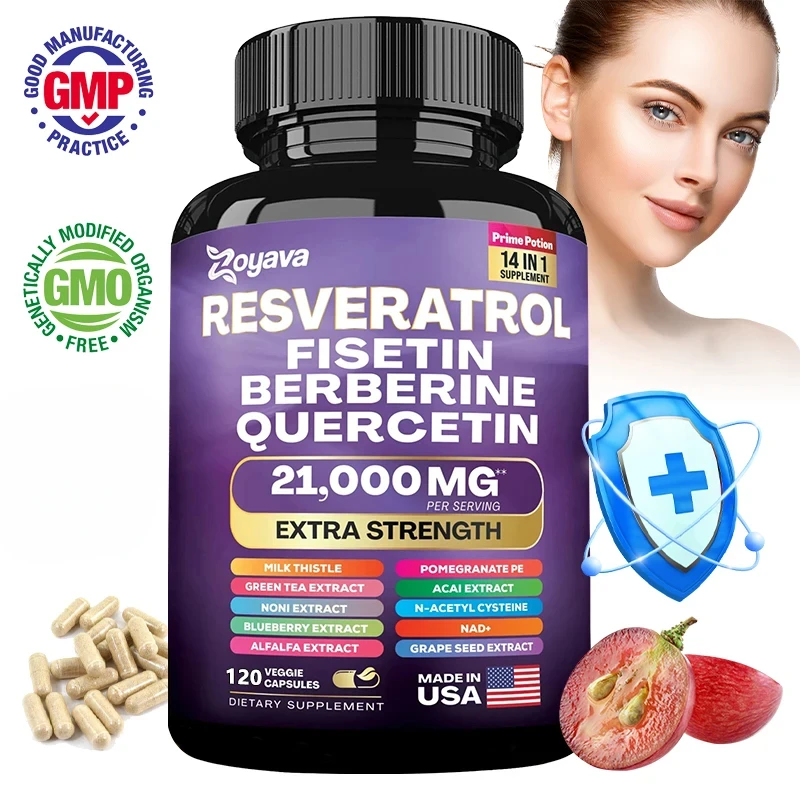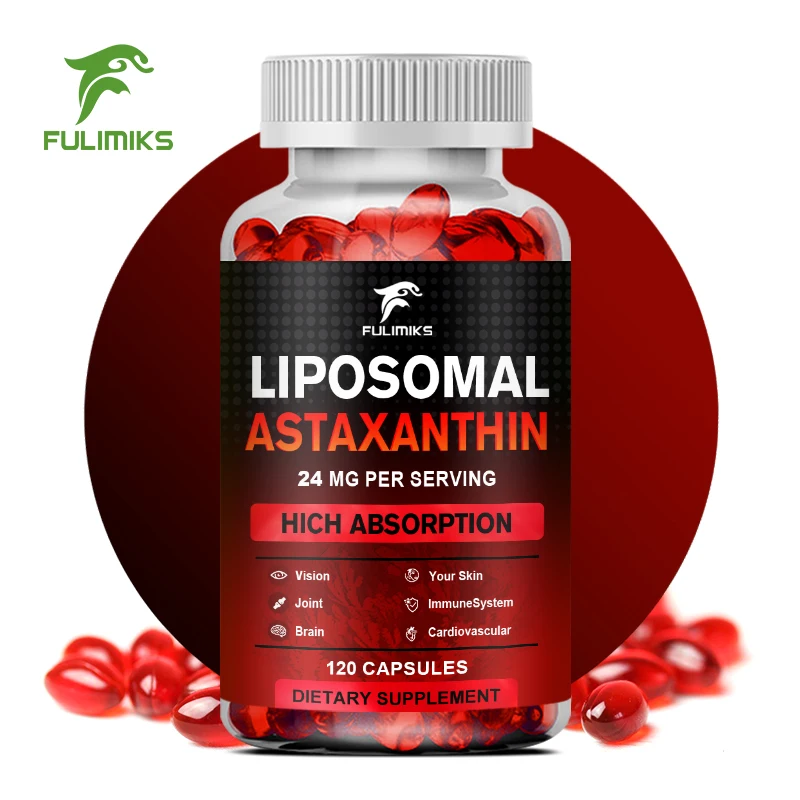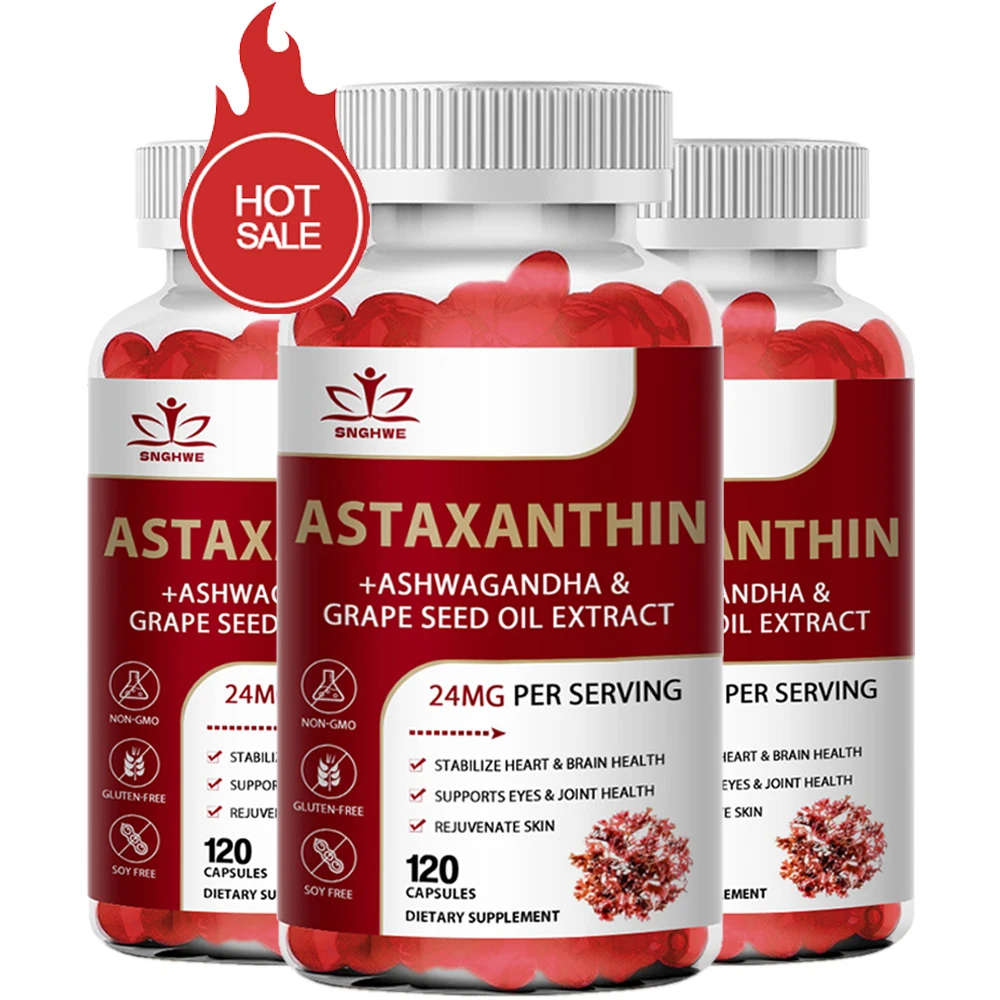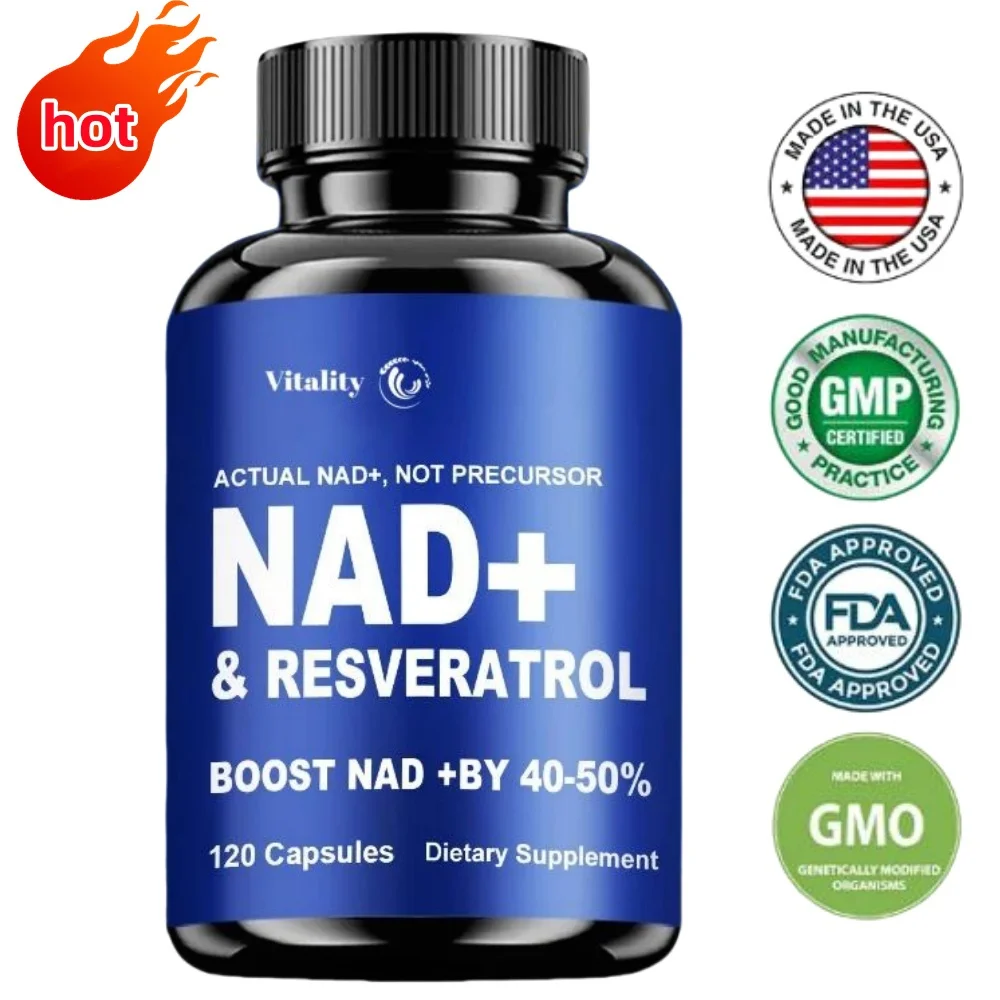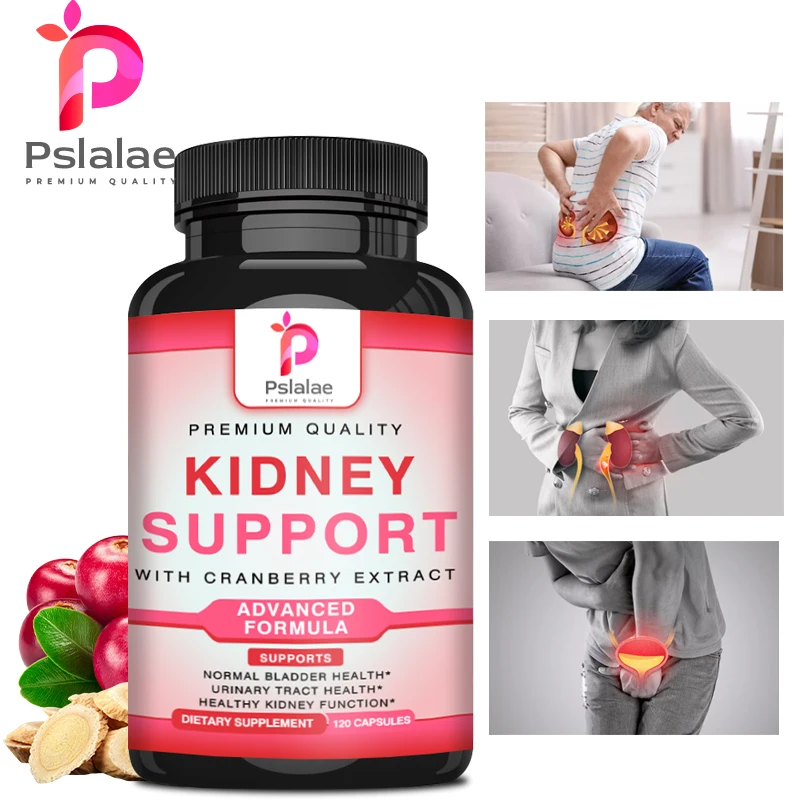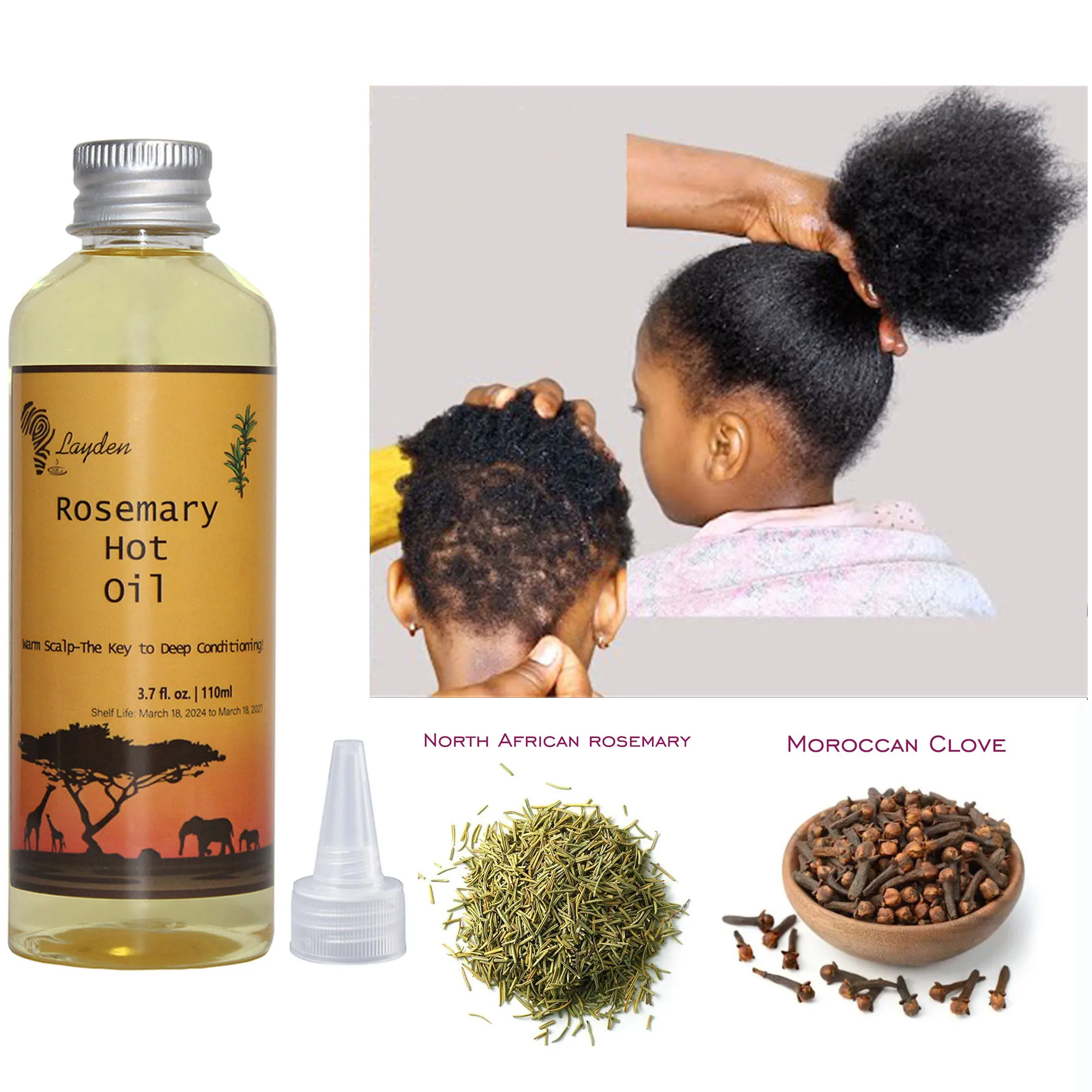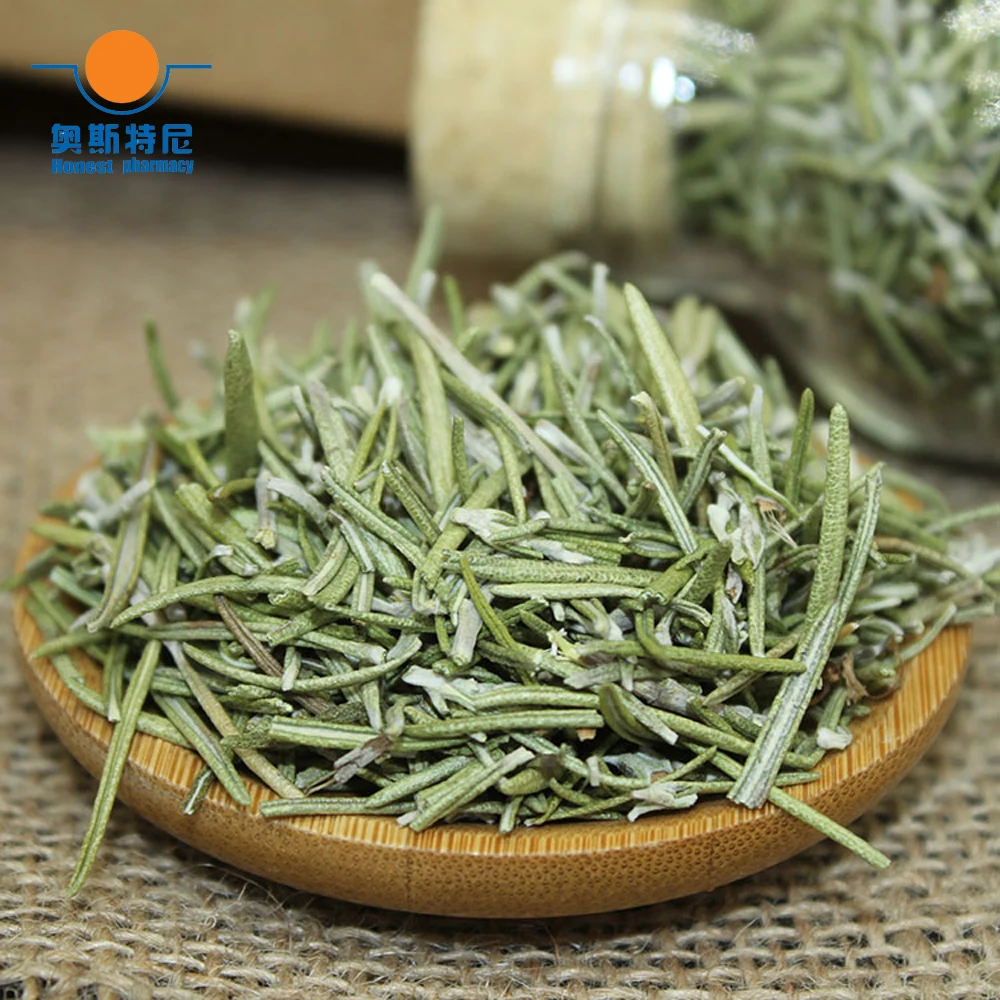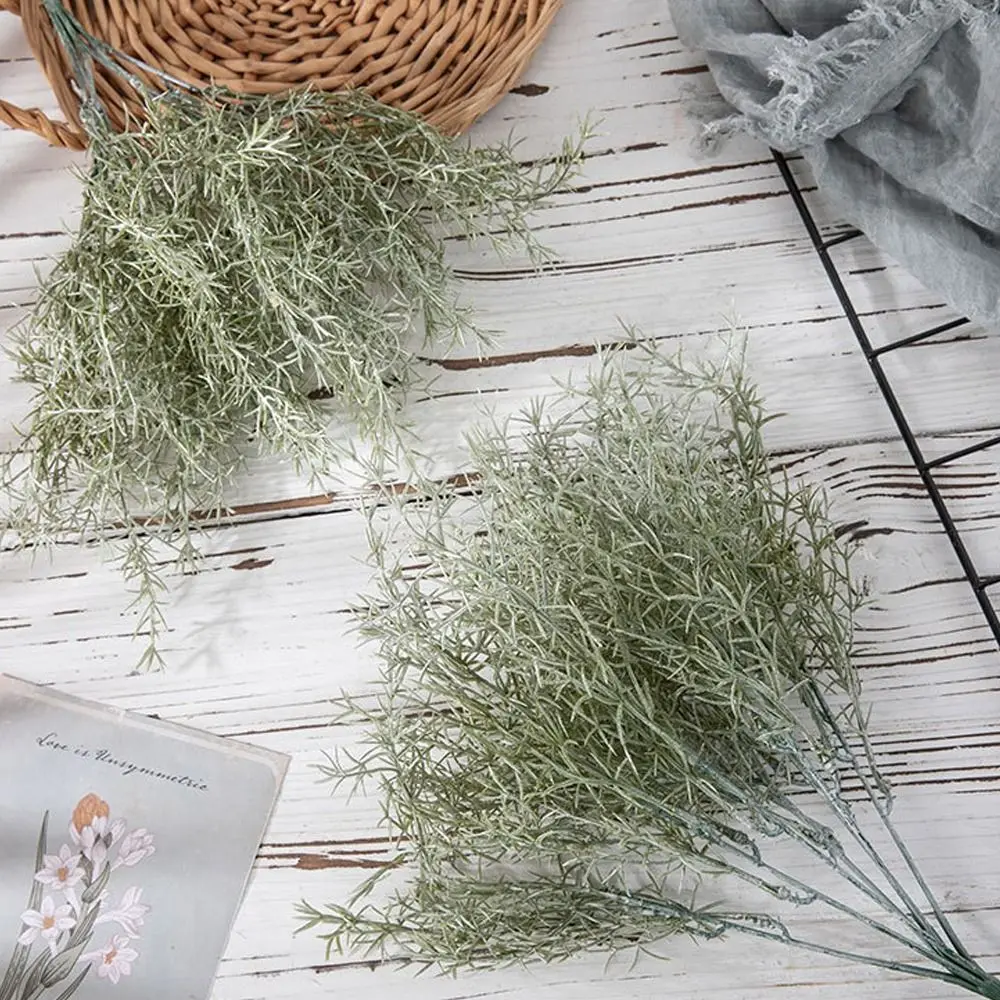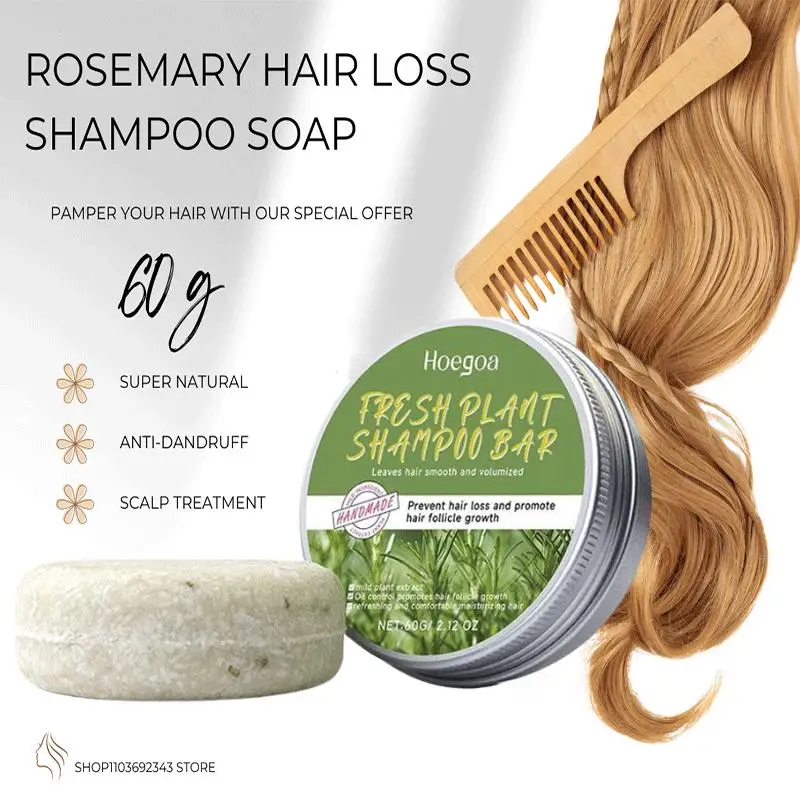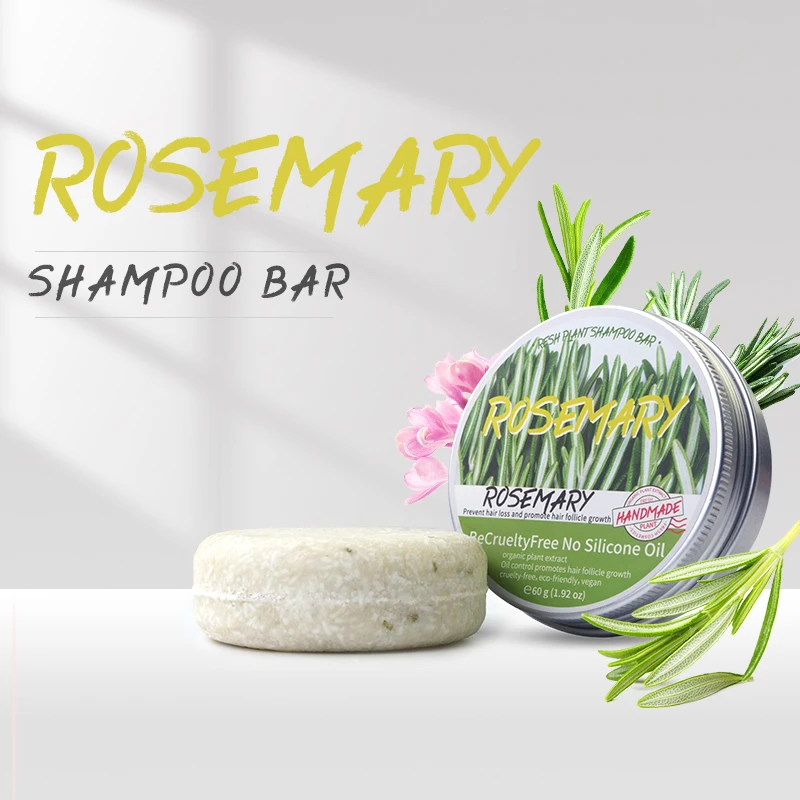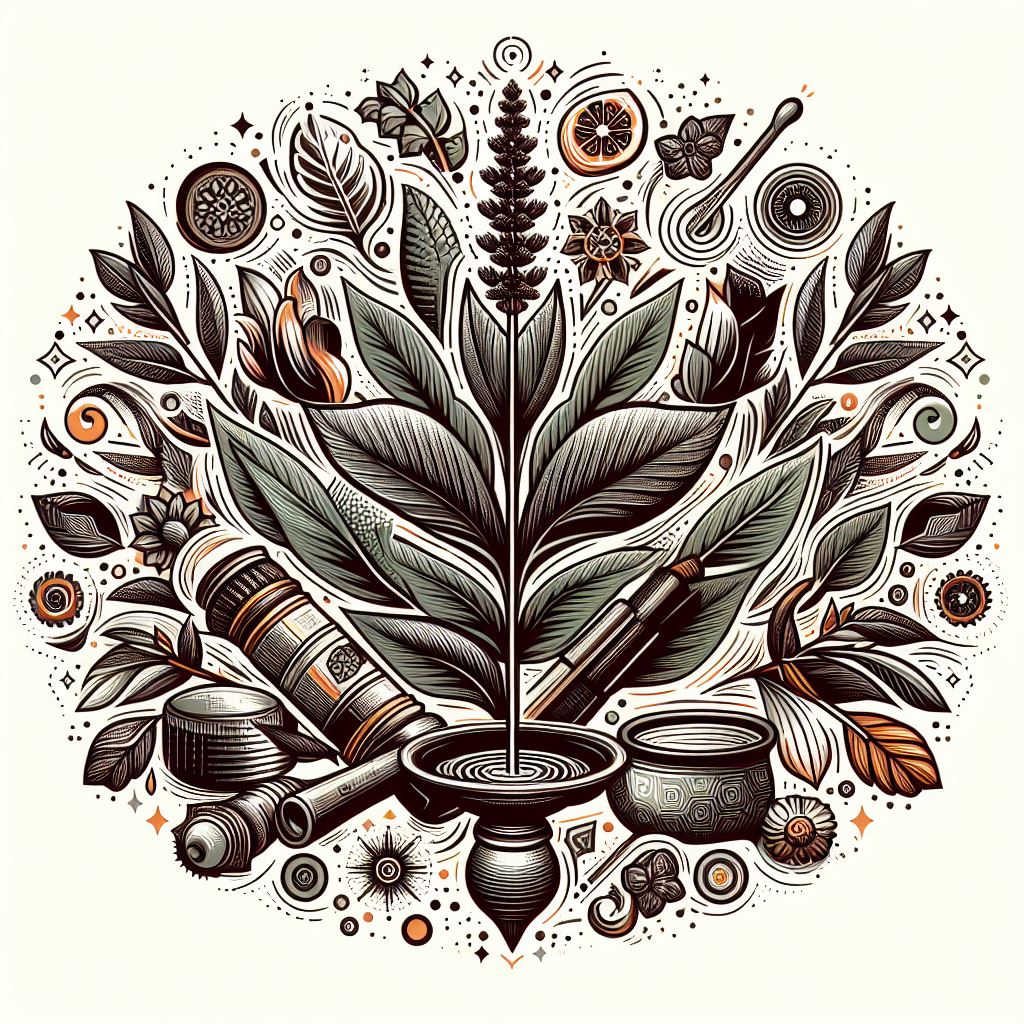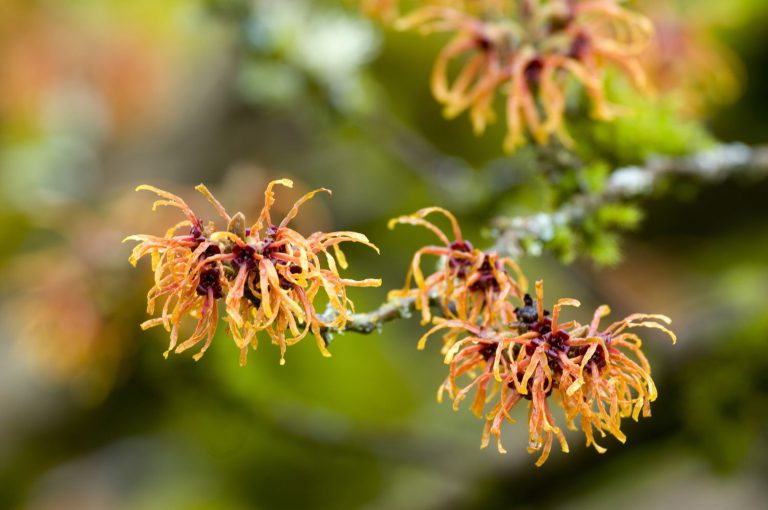Introduction
Yes, stroke is one of the most common causes of death worldwide. According to the World Health Organization (WHO), stroke is the second leading cause of death globally, responsible for approximately 11% of all deaths.
In some countries, such as the United States, stroke is the fifth leading cause of death.
In addition to its high mortality rate, stroke is also a leading cause of long-term disability, with survivors often experiencing cognitive, motor, and sensory impairments that can affect their quality of life.
The good news is that many of the risk factors for stroke, such as high blood pressure, smoking, and physical inactivity, can be managed through lifestyle changes and medical interventions, reducing the risk of stroke and its associated morbidity and mortality. Early recognition and treatment of stroke symptoms are also crucial for reducing the severity and long-term effects of the condition.
Stroke – Explanation
A stroke occurs when blood flow to the brain is interrupted or reduced, leading to damage or death of brain cells. There are two main types of stroke: ischemic stroke and hemorrhagic stroke. Ischemic stroke occurs when a blood vessel in the brain is blocked by a blood clot, while hemorrhagic stroke occurs when a blood vessel in the brain ruptures and causes bleeding.

Stroke – Causes
The causes of stroke can be broadly categorized into modifiable and non-modifiable risk factors. The main causes of stroke are:
- High blood pressure: High blood pressure is the most significant risk factor for stroke. It can cause damage to the blood vessels in the brain, making them more susceptible to clots and ruptures.
- Smoking: Smoking can lead to the build-up of fatty deposits in the blood vessels, increasing the risk of stroke.
- Diabetes: People with diabetes have a higher risk of developing atherosclerosis, a condition where the arteries become narrowed and hardened, increasing the risk of stroke.
- High cholesterol: High levels of cholesterol can lead to the build-up of plaque in the blood vessels, increasing the risk of stroke.
- Atrial fibrillation: Atrial fibrillation is a heart condition that can cause blood clots to form in the heart, which can travel to the brain and cause a stroke.
- Obesity: Obesity is a risk factor for several other conditions that increase the risk of stroke, such as high blood pressure, diabetes, and high cholesterol.
- Sedentary lifestyle: Lack of physical activity can contribute to the development of several risk factors for stroke, including high blood pressure, high cholesterol, and obesity.
- Family history: People with a family history of stroke may be at higher risk of having a stroke themselves.
- Age and gender: Stroke risk increases with age, and men are at a higher risk of stroke than women.
Stroke – Prevention
While lifestyle changes and medical interventions are the most effective ways to prevent stroke, some natural remedies and supplements may help reduce the risk of stroke or improve outcomes for people who have had a stroke. However, it’s important to note that natural remedies should not be used as a replacement for medical treatment and advice. It’s always best to talk to a healthcare professional before using any natural remedies or supplements.
Stroke – Herbal Treatments
While there is limited scientific evidence to support the use of herbs in stroke prevention, some herbs have been studied for their potential benefits in improving cardiovascular health and reducing the risk of stroke.
Here are a few herbs that have been suggested to have potential benefits for stroke prevention:
- Ginkgo biloba: Ginkgo biloba is an herb that has been used for thousands of years in traditional medicine. It is thought to have neuroprotective and antioxidant properties that may help improve blood flow to the brain and reduce the risk of stroke. However, more research is needed to fully understand its potential benefits.
- Hawthorn: Hawthorn is an herb that has been used to improve cardiovascular health for centuries. It is thought to have antioxidant and anti-inflammatory properties that may help reduce the risk of stroke and other cardiovascular diseases.
- Garlic: Garlic is an herb that has been shown to have blood-thinning properties and may help lower blood pressure, making it a potential natural remedy for stroke prevention.
- Ginger: Ginger is an herb that has anti-inflammatory properties and may help improve circulation and reduce the risk of stroke.
- Turmeric: Turmeric is an herb that contains a compound called curcumin, which has anti-inflammatory properties. It may help reduce inflammation and oxidative stress, both of which are risk factors for stroke.
It’s important to note that herbs can interact with medications and may not be safe for everyone. It’s always best to talk to a healthcare professional before using any herbs or supplements, especially if you are taking medications or have underlying health conditions.
Stroke – Other Advices
- Exercise: Regular physical activity can help lower blood pressure, reduce inflammation, and improve overall cardiovascular health, all of which can help reduce the risk of stroke.
- Diet: A diet rich in fruits, vegetables, whole grains, and lean protein sources can help reduce the risk of stroke. In particular, foods high in potassium, such as bananas and avocados, can help lower blood pressure, while foods high in omega-3 fatty acids, such as fatty fish and flaxseeds, can help reduce inflammation and improve heart health.
- Garlic: Garlic has been shown to have blood-thinning properties and may help lower blood pressure, making it a potential natural remedy for stroke prevention.
- Gingko biloba: Gingko biloba is an herbal supplement that has been used for its cognitive and circulatory benefits. It may help improve blood flow and reduce inflammation, which may help reduce the risk of stroke.
- Magnesium: Magnesium is an essential mineral that may help lower blood pressure and improve overall heart health, potentially reducing the risk of stroke.
- Turmeric: Turmeric is a spice that contains a compound called curcumin, which has anti-inflammatory properties. It may help reduce inflammation and oxidative stress, both of which are risk factors for stroke.
Sum Up
It’s important to note that while some natural remedies may have potential health benefits, there is limited scientific evidence to support their use for stroke prevention. It’s always best to talk to a healthcare professional before using any natural remedies or supplements, as they can interact with medications and may not be safe for everyone.



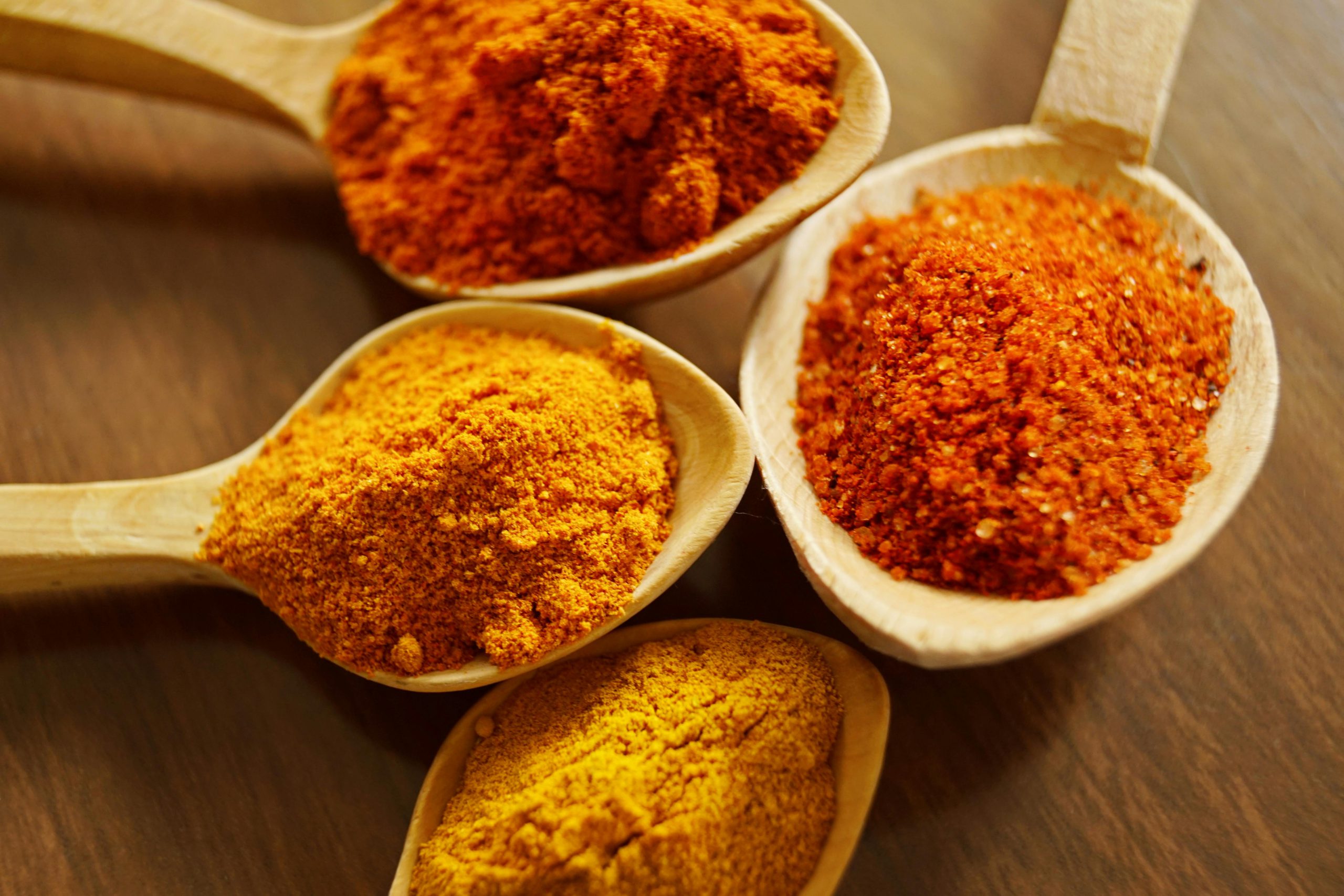
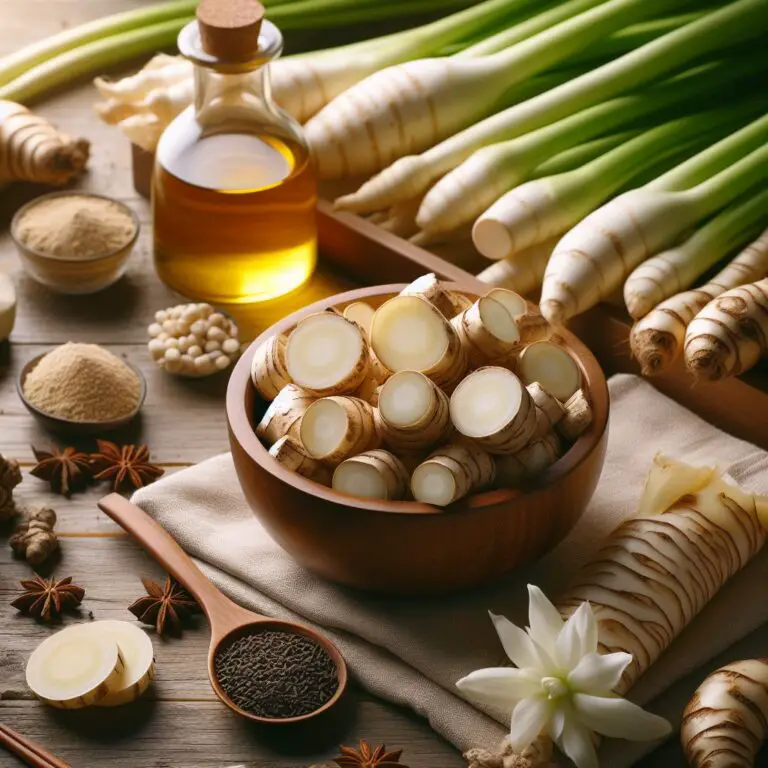
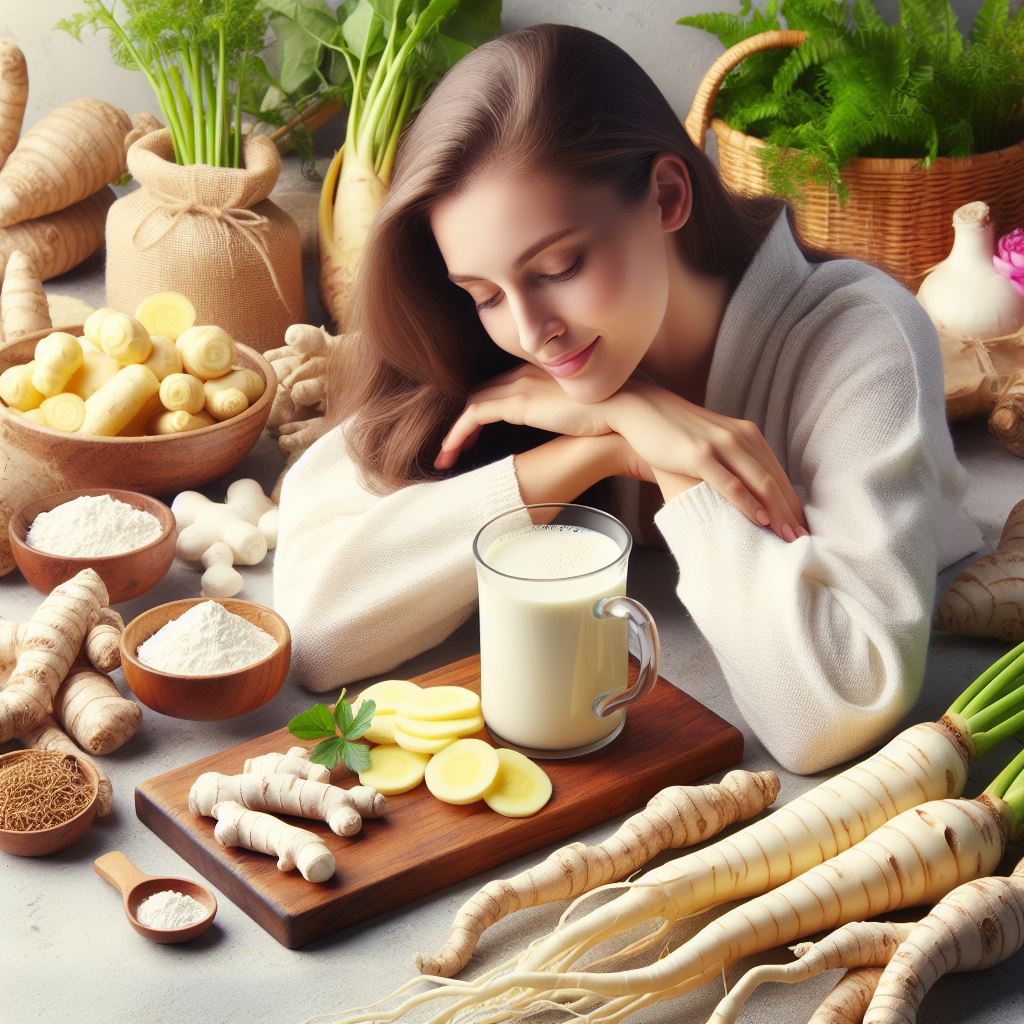
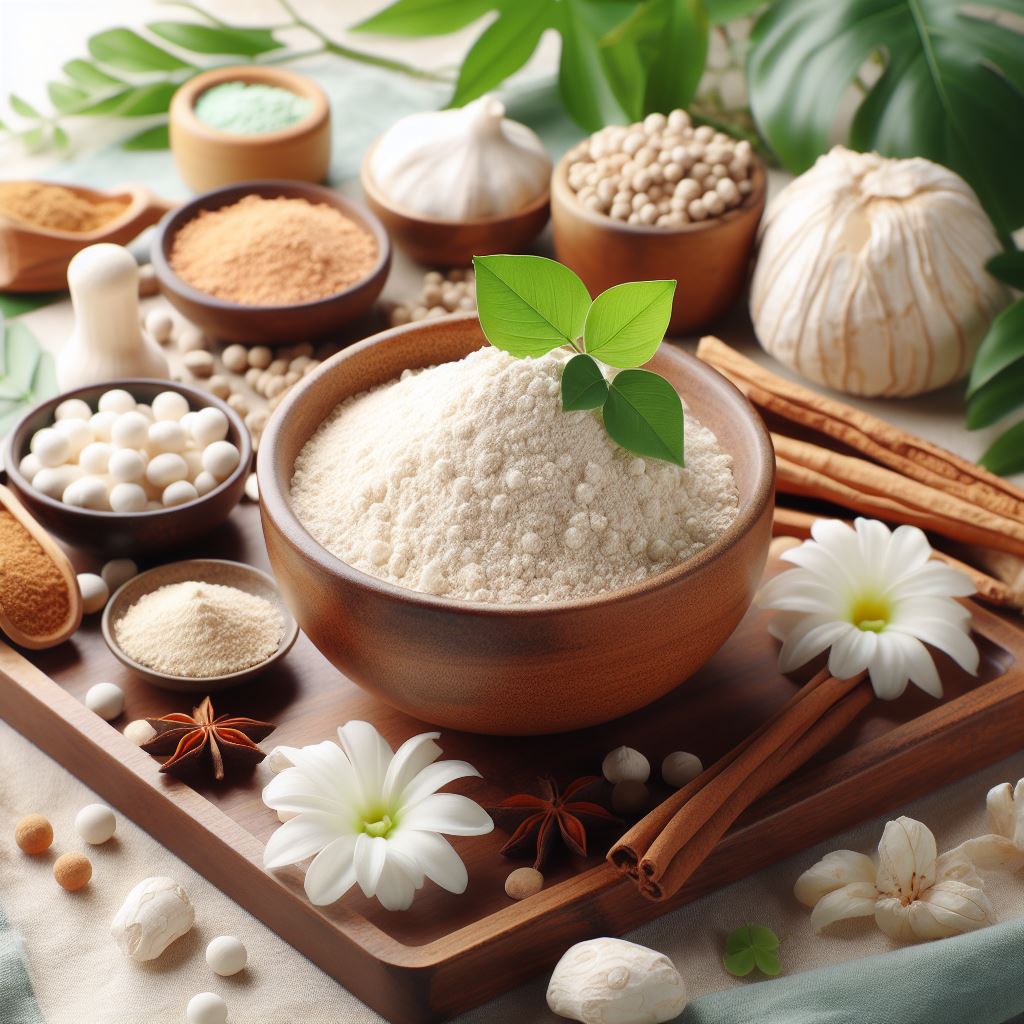
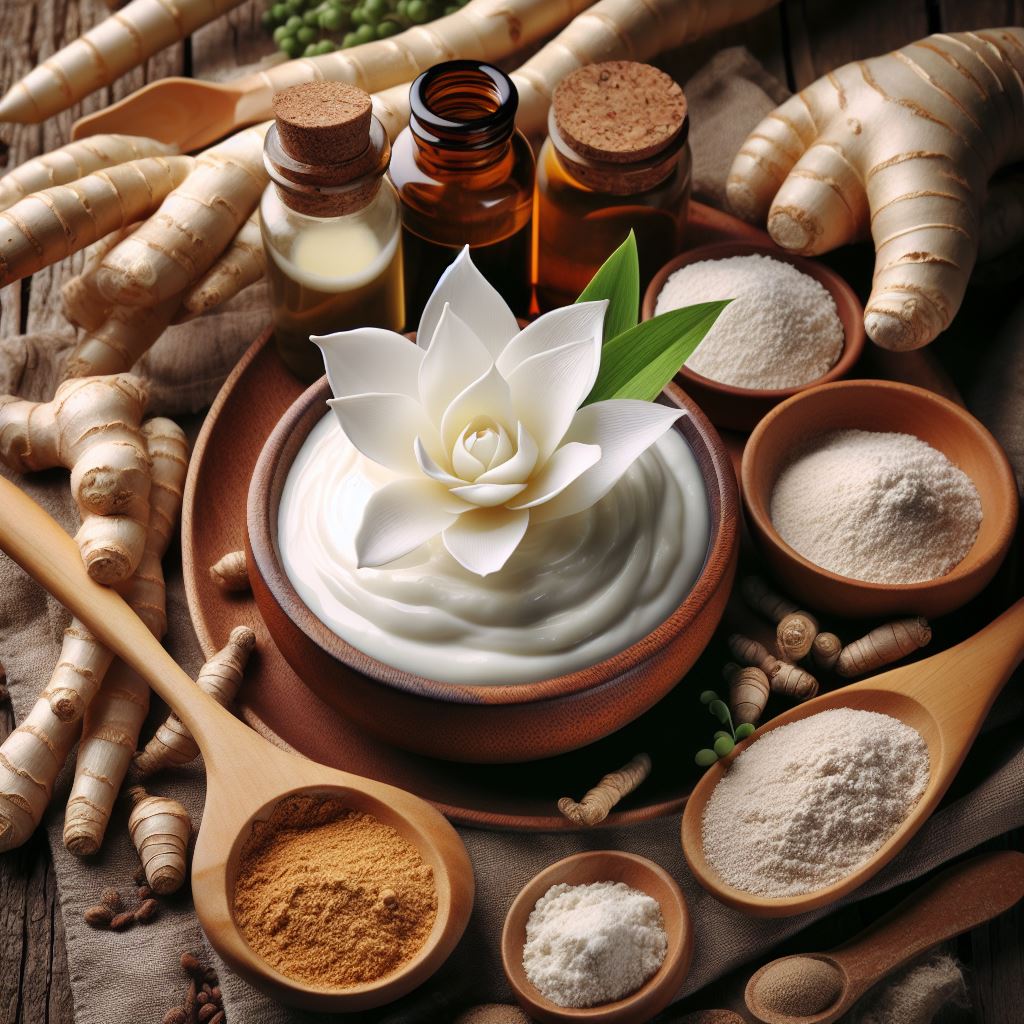

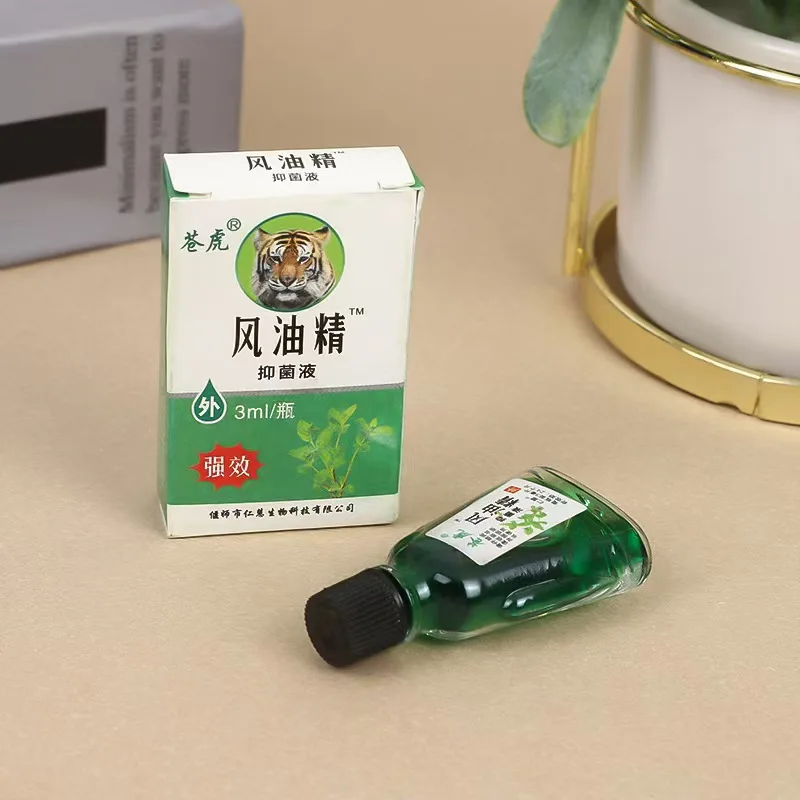
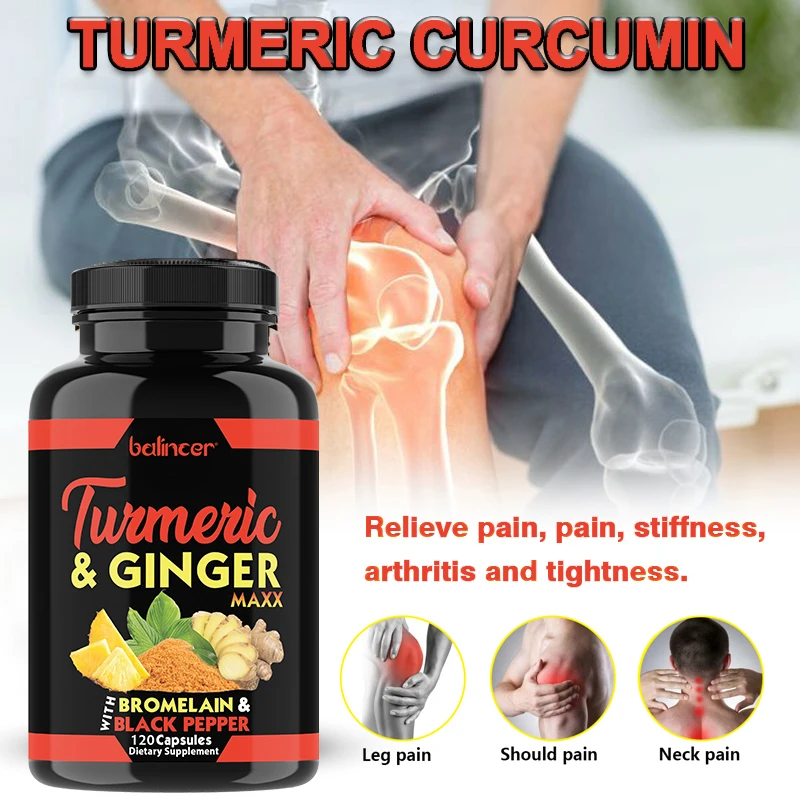

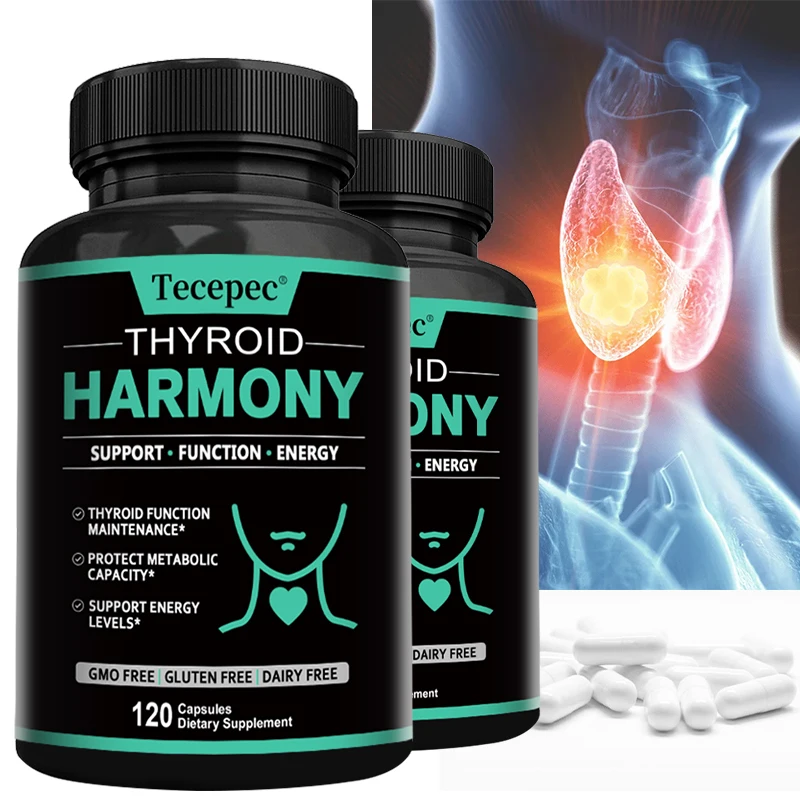
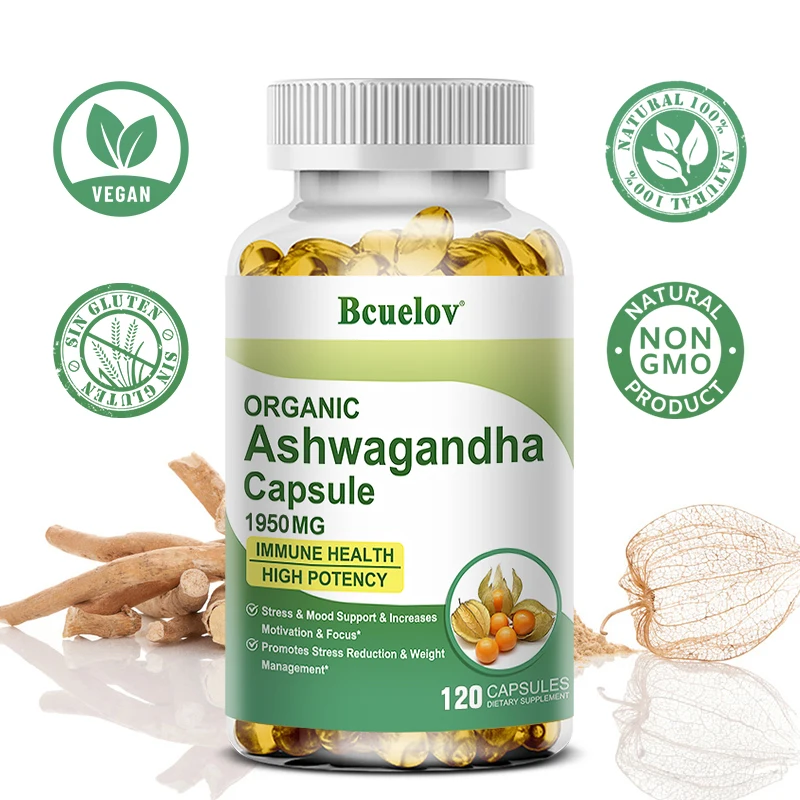
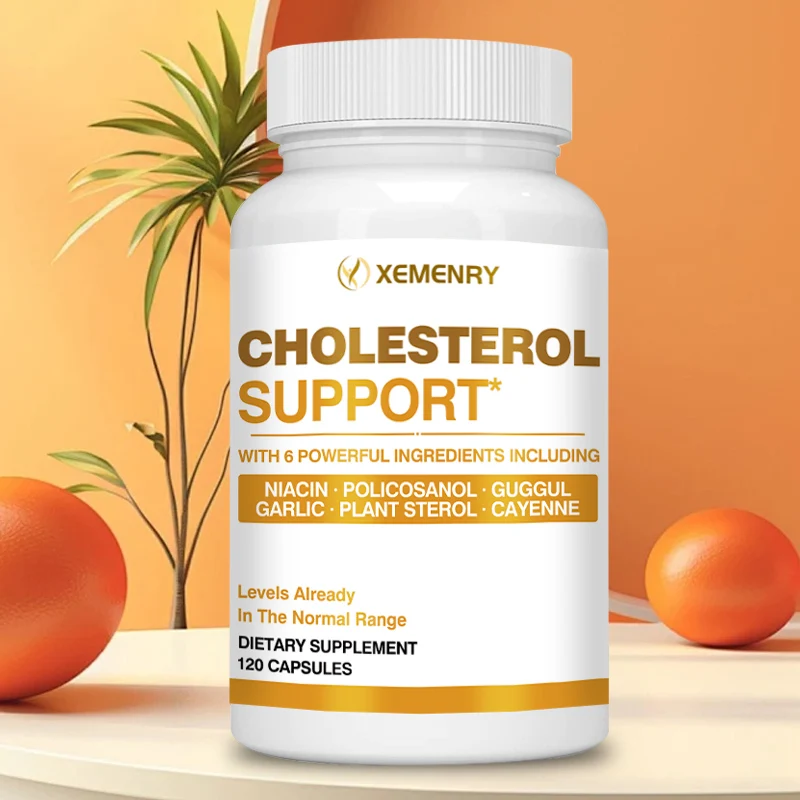
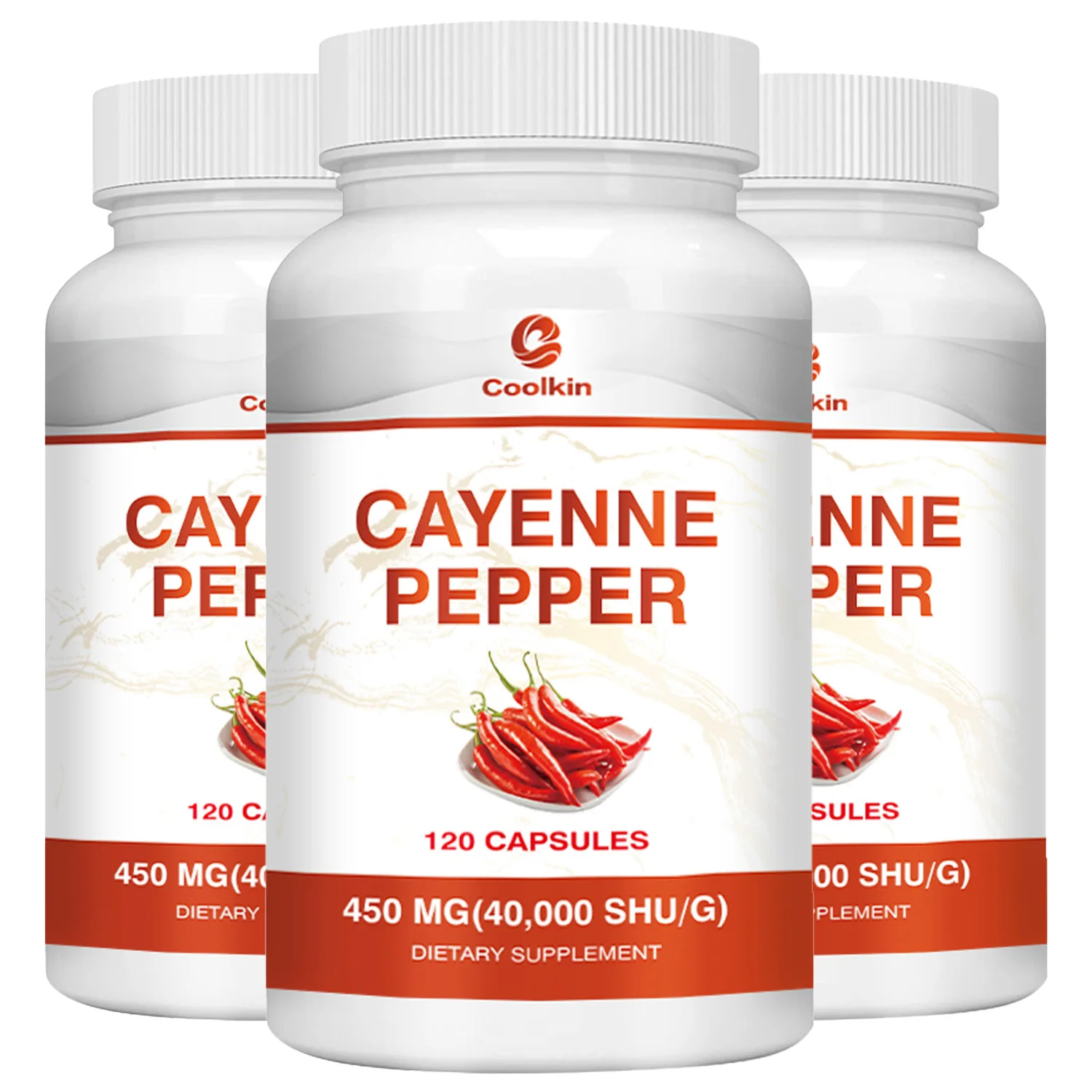
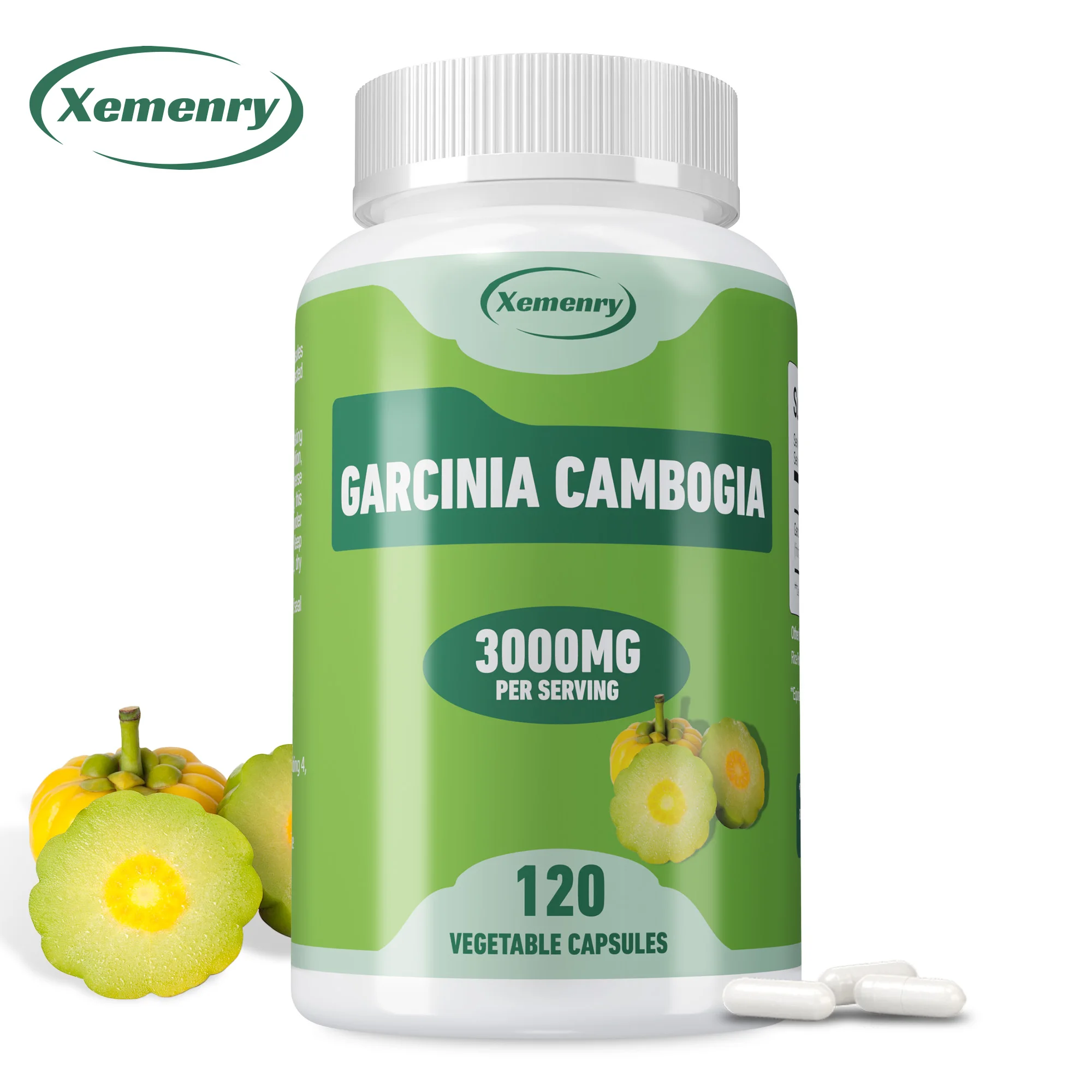


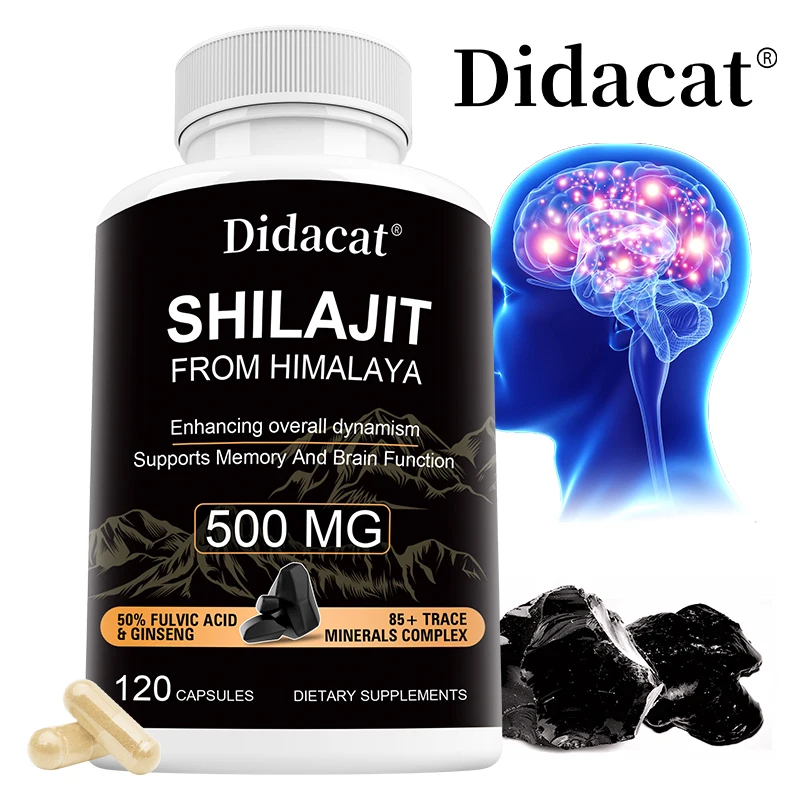

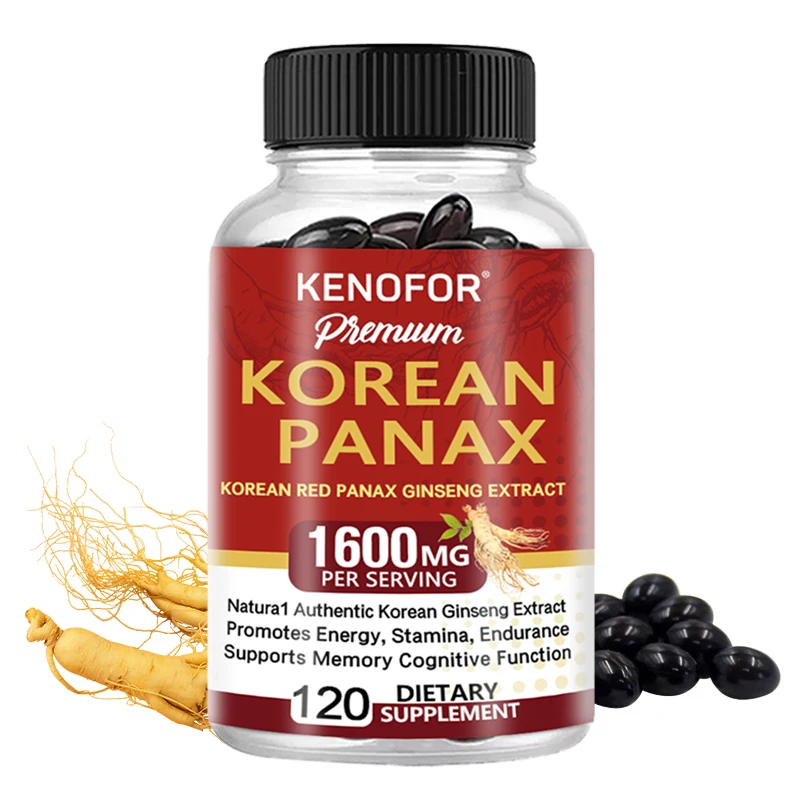
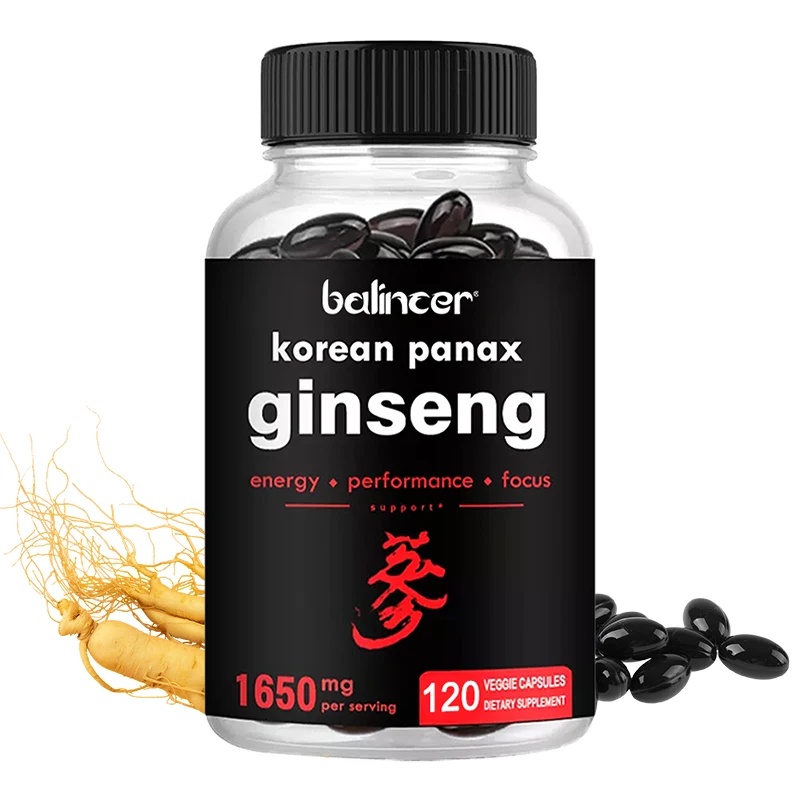
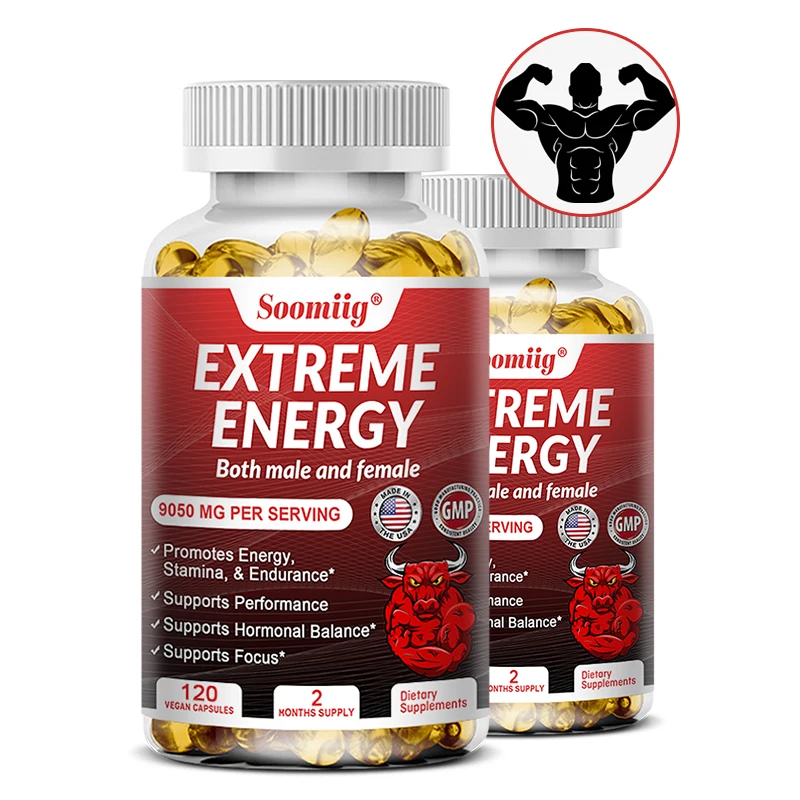
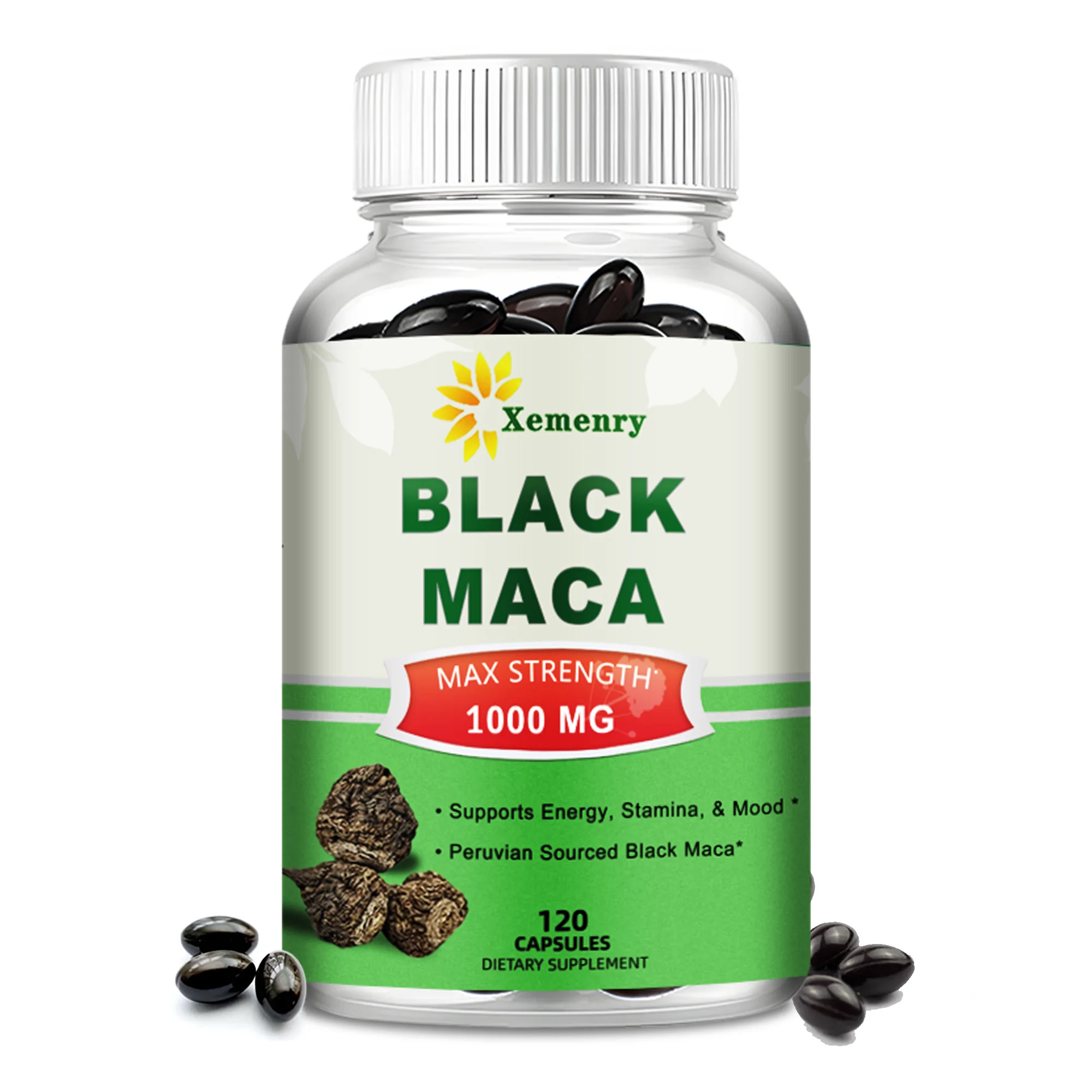
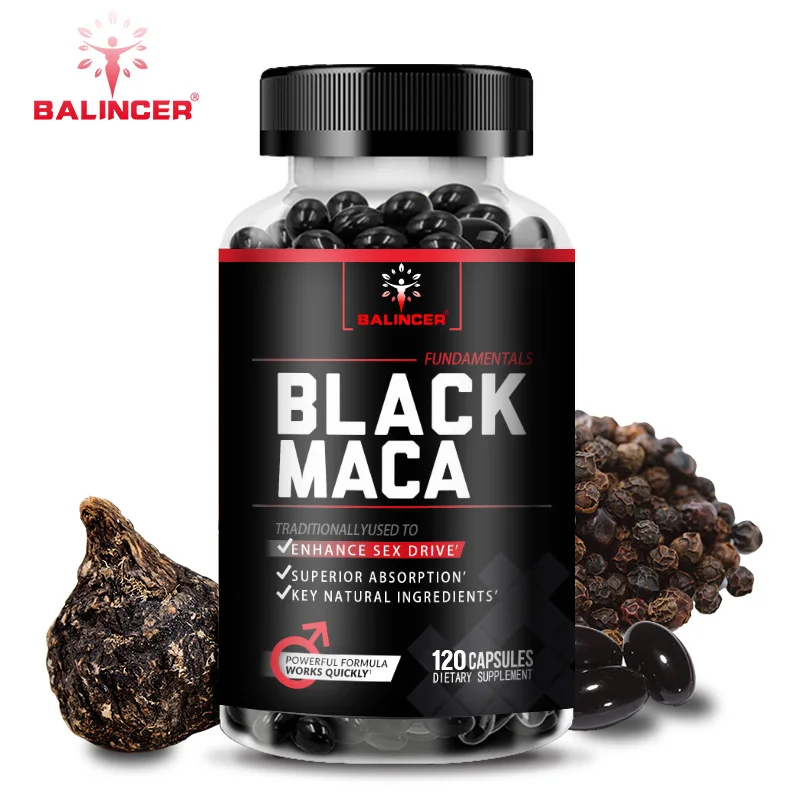


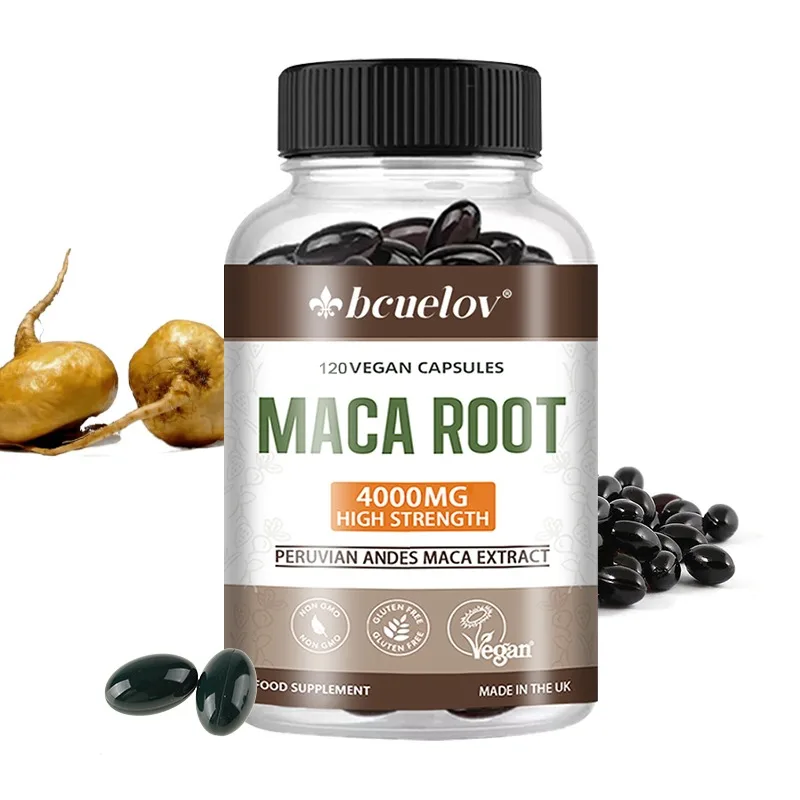
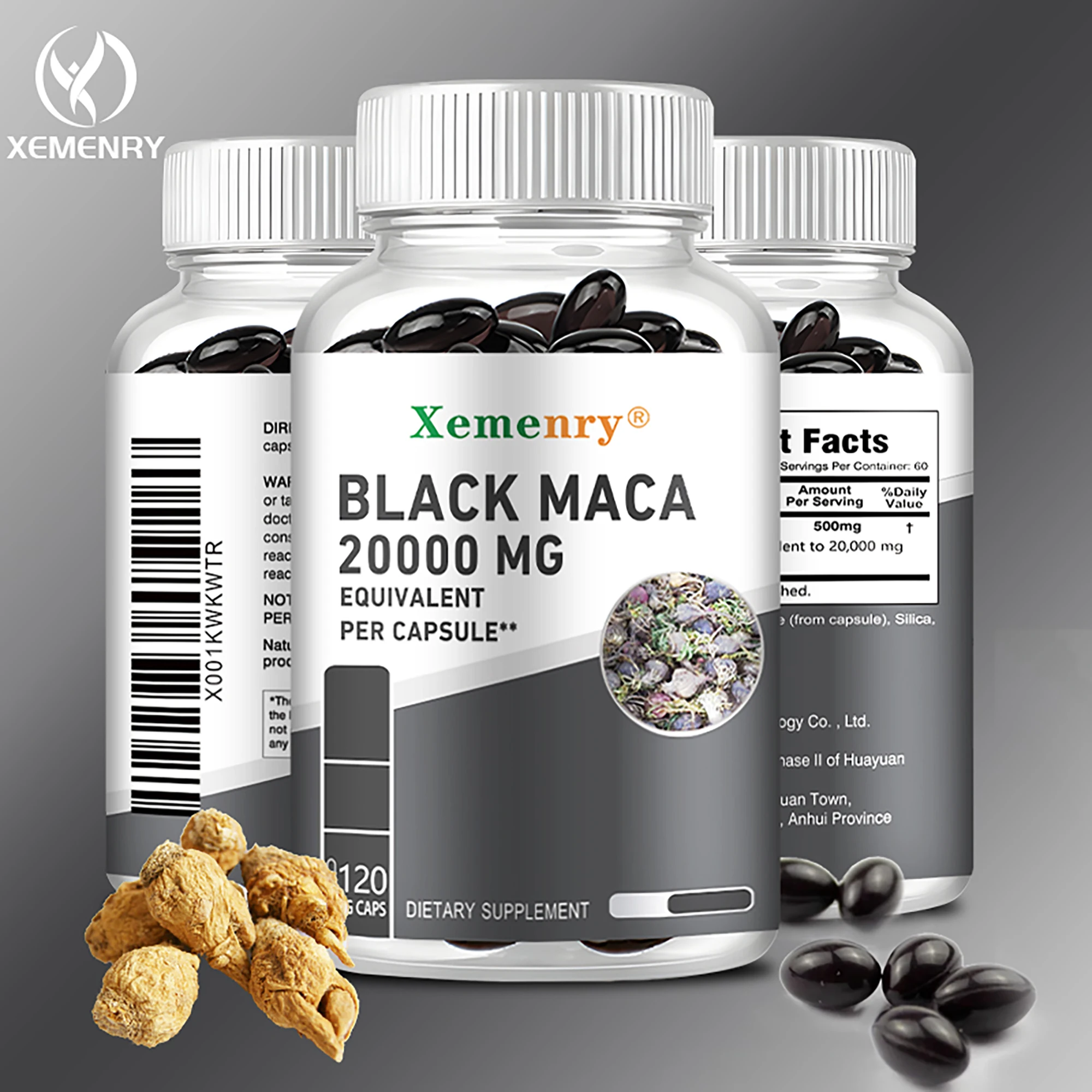
![Cosmetics Rhodiola Rosea 20:1,Hong Jin Tian DIY Aromatherapy Plaster Candle Soap Making[Latest Date Product]](https://ae-pic-a1.aliexpress-media.com/kf/Sd4086c0e412f4a8dacbd43b1836f8b07S.jpg)
